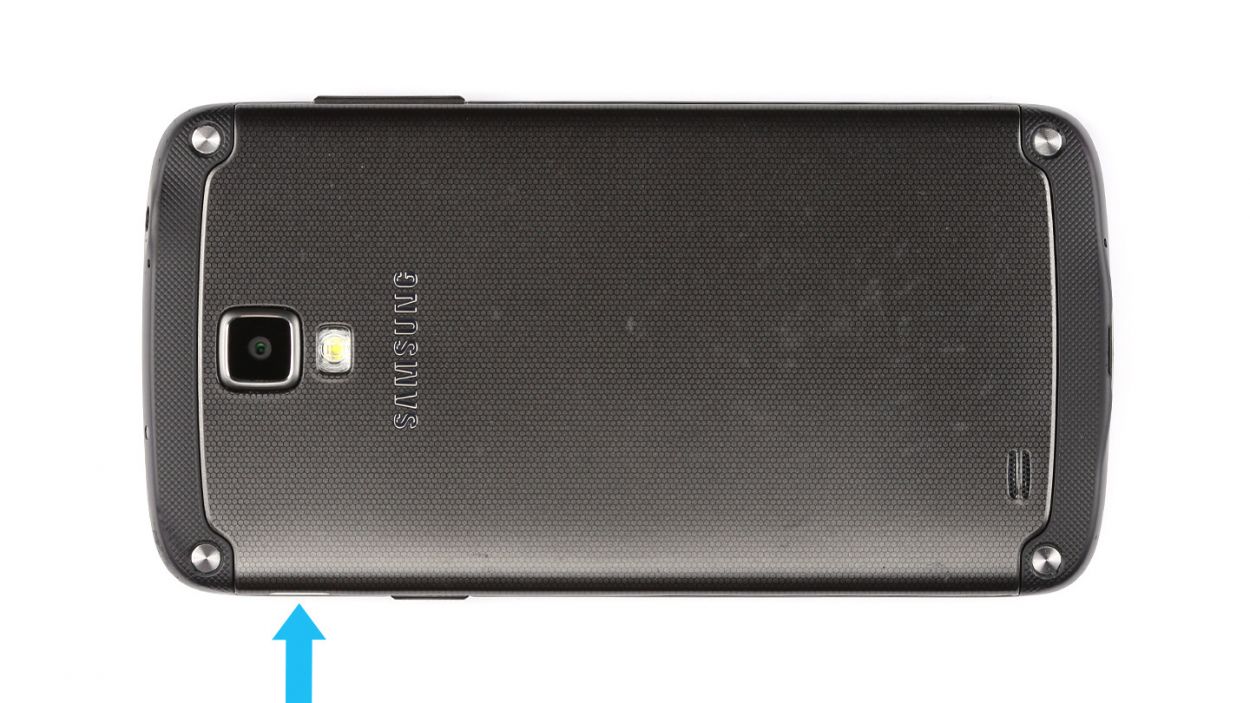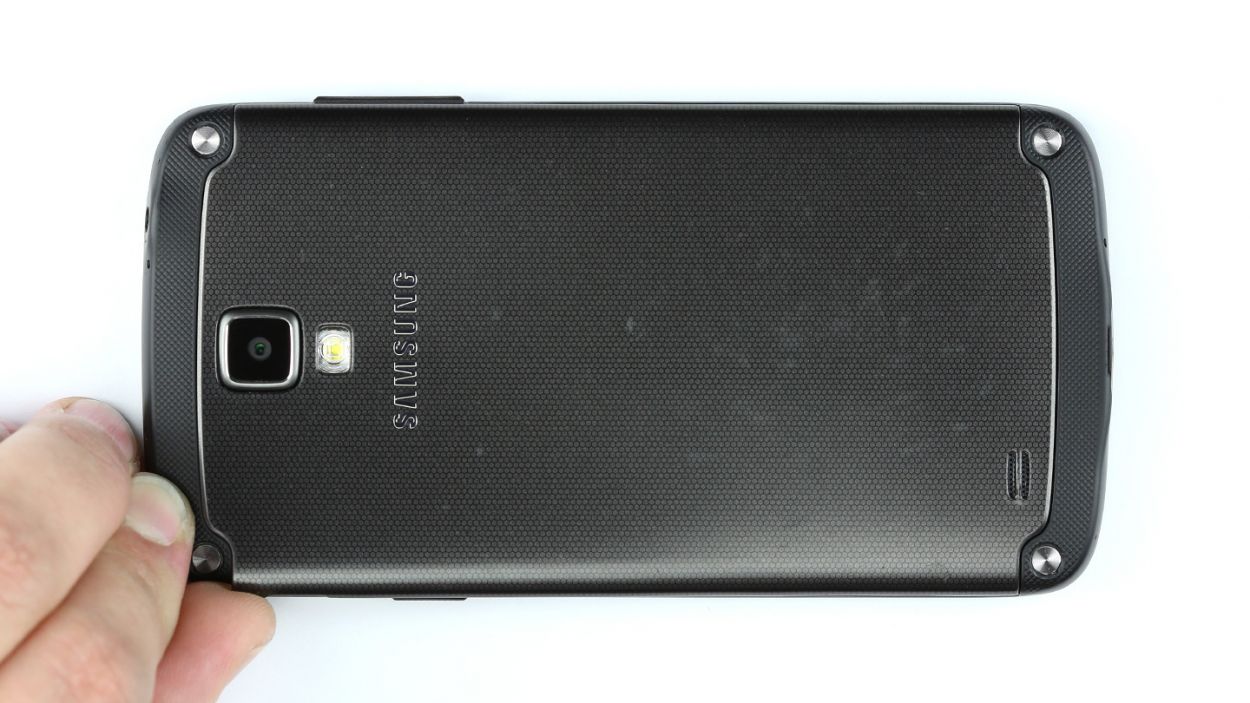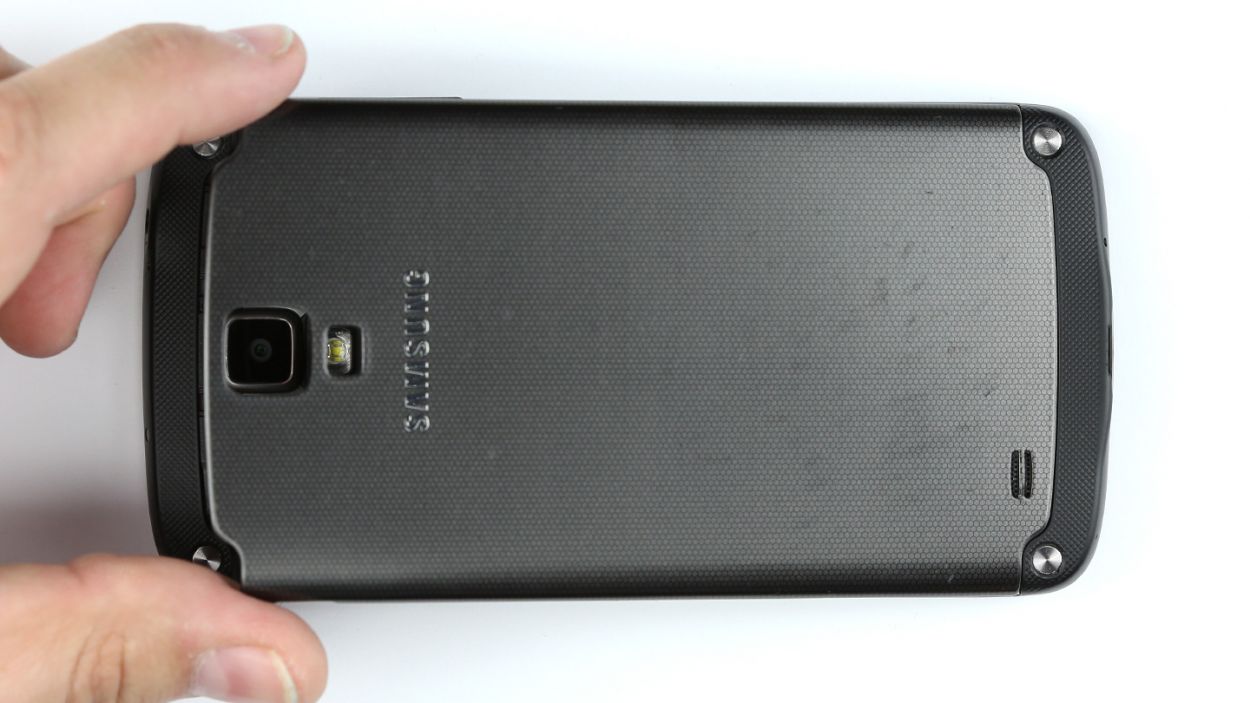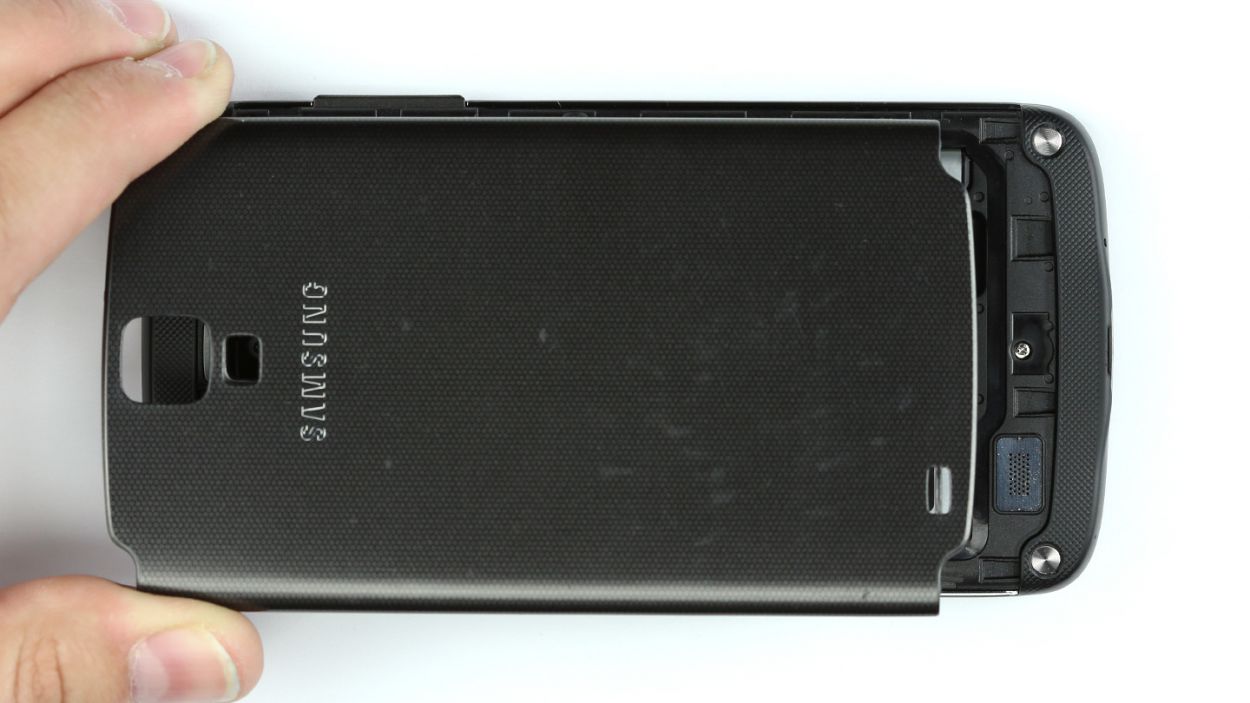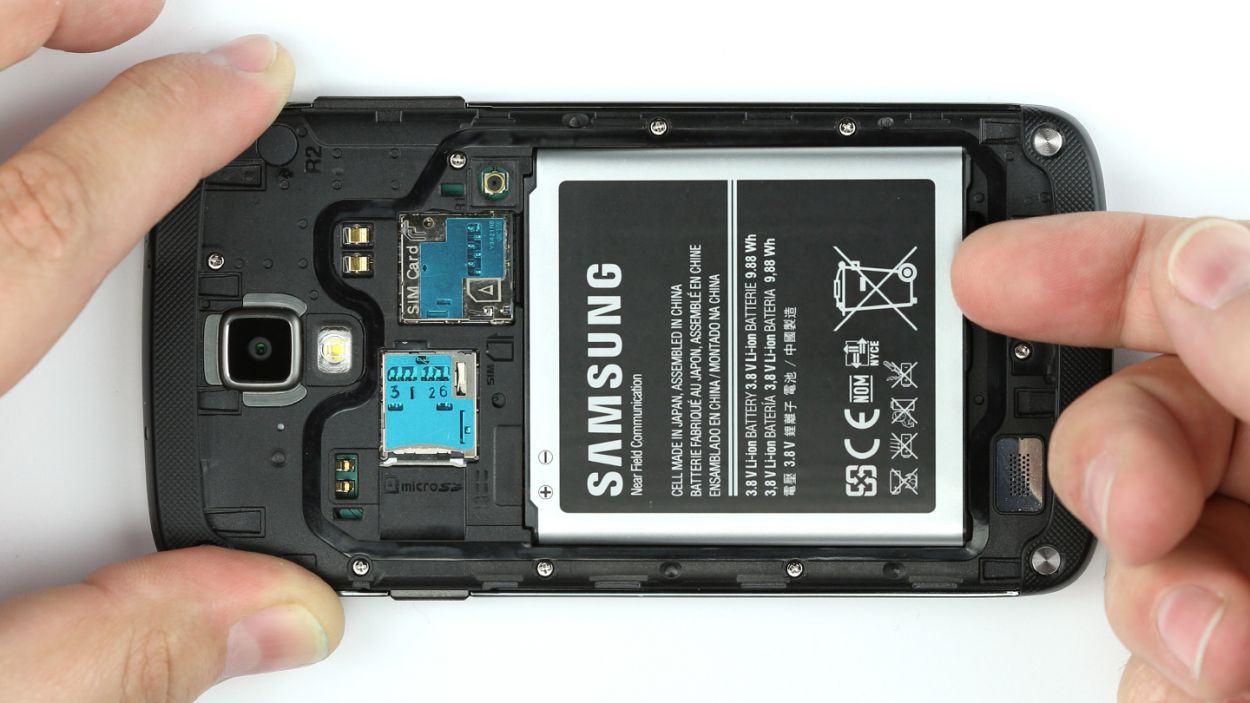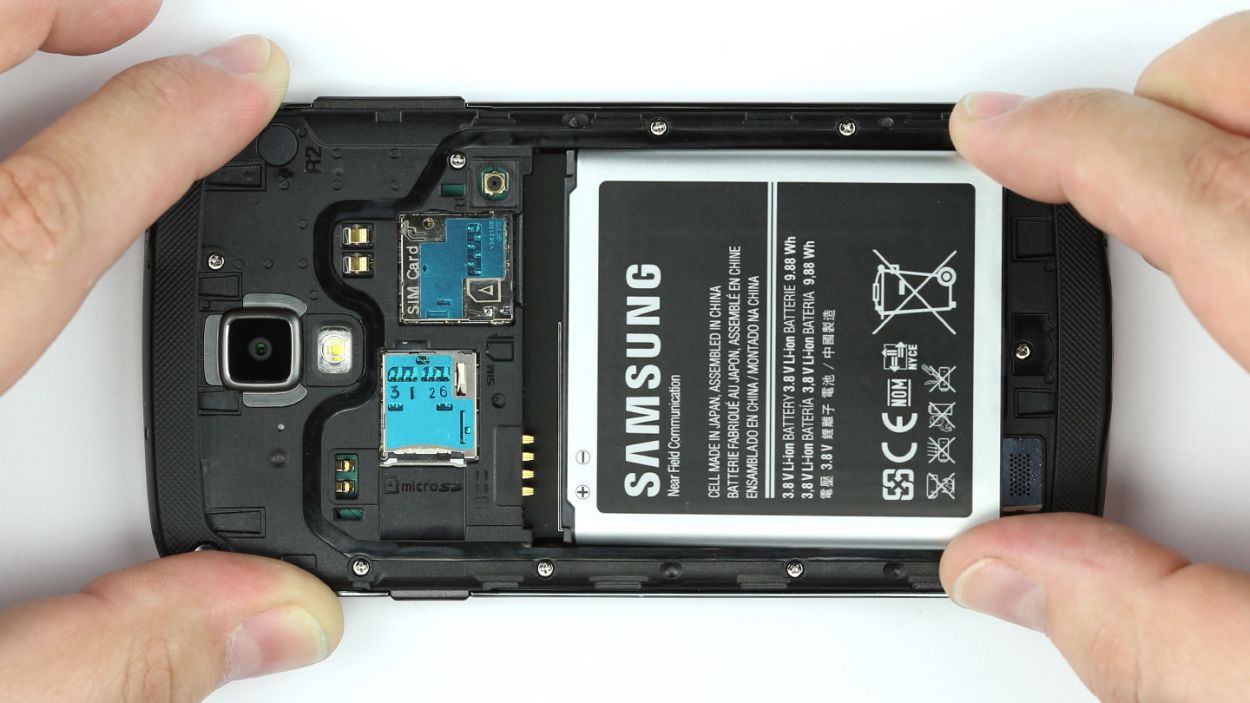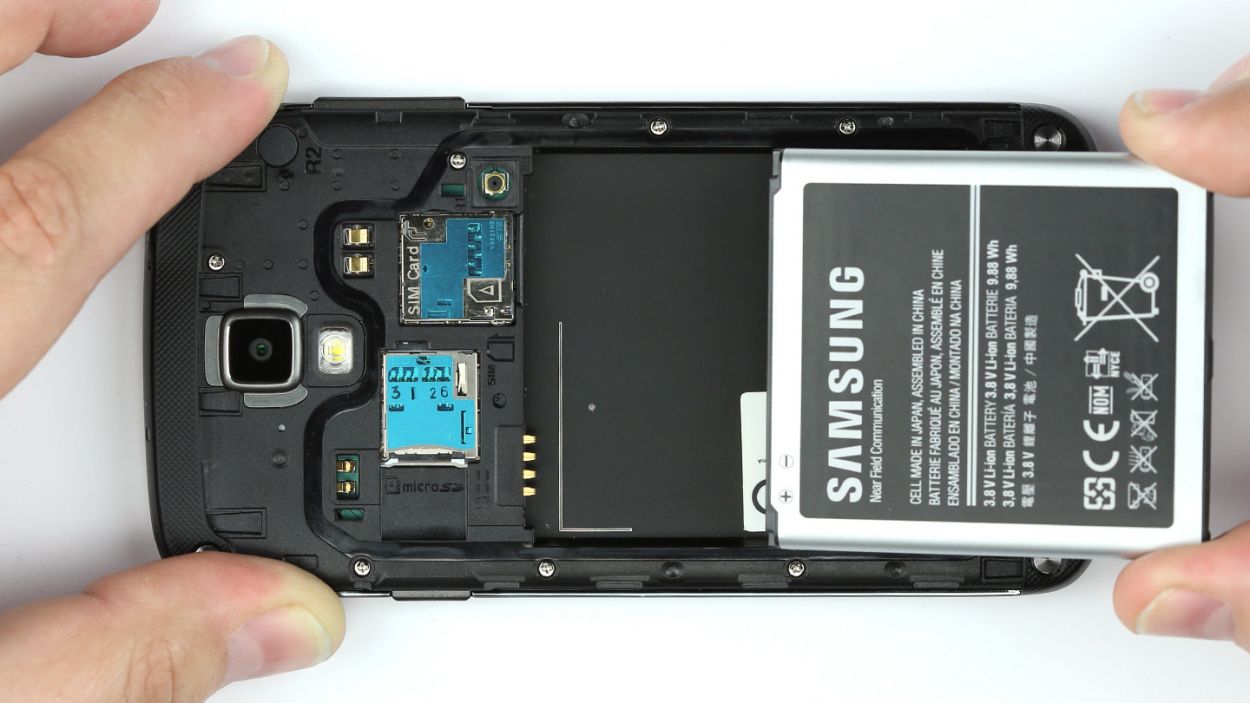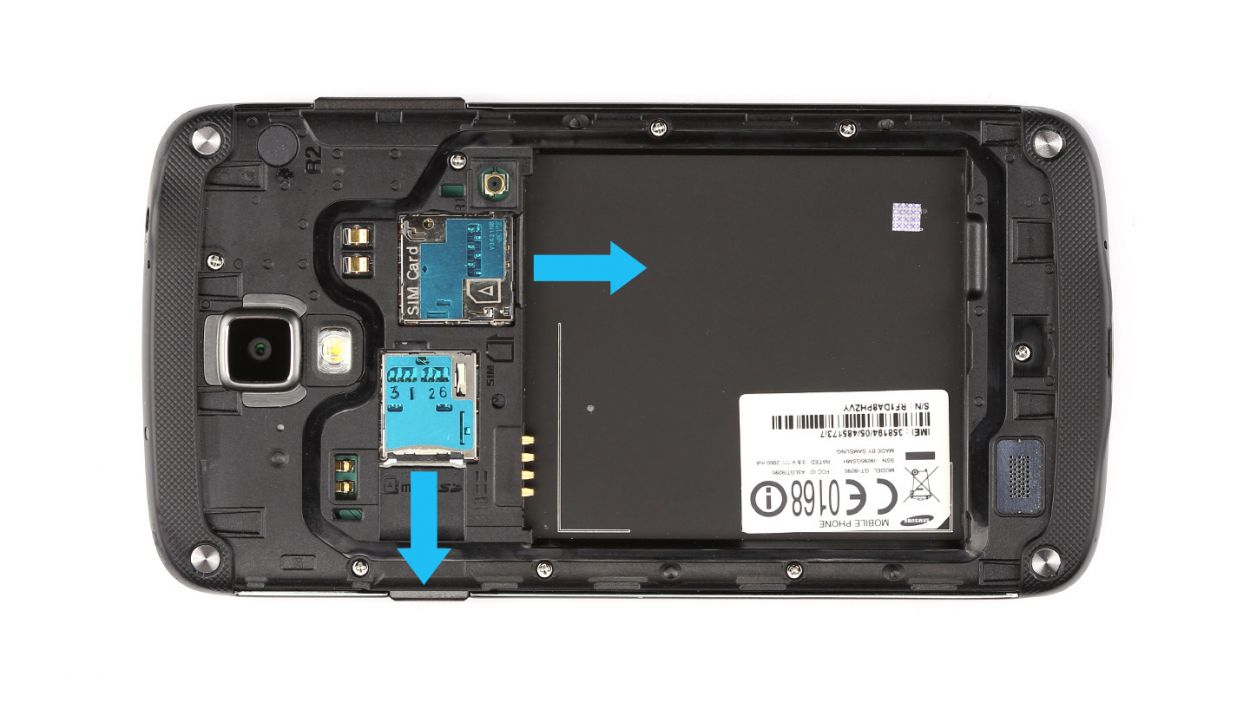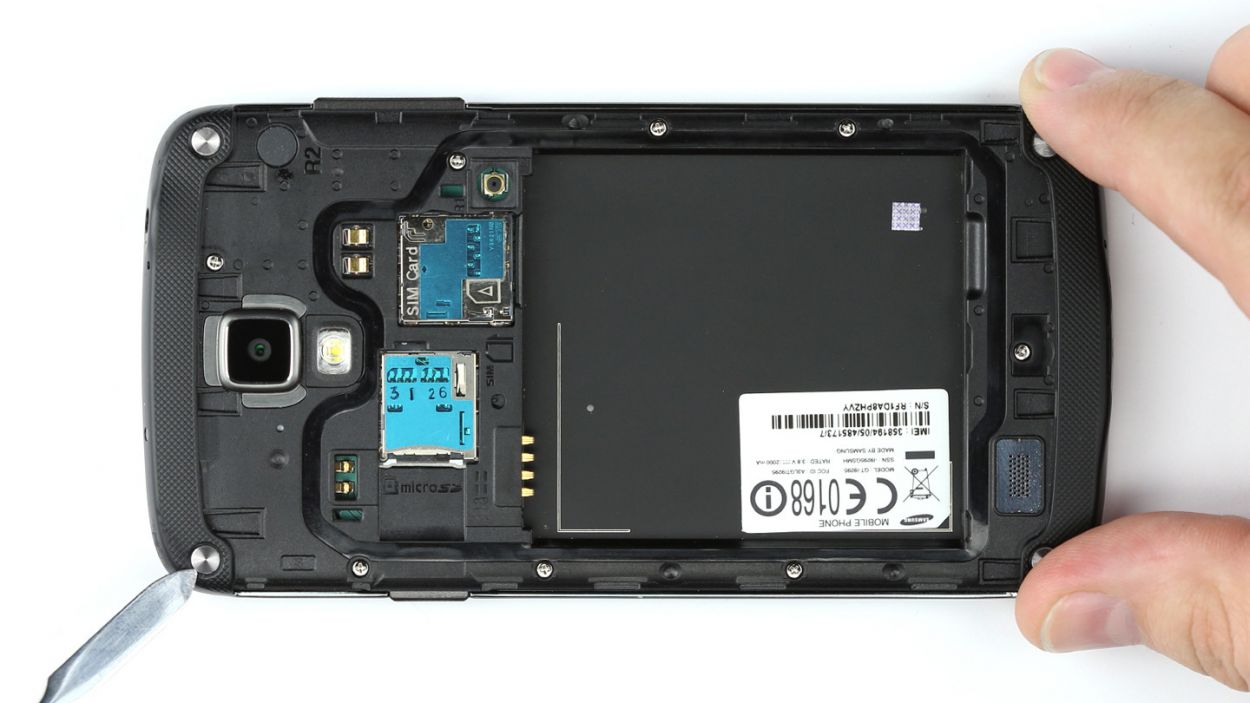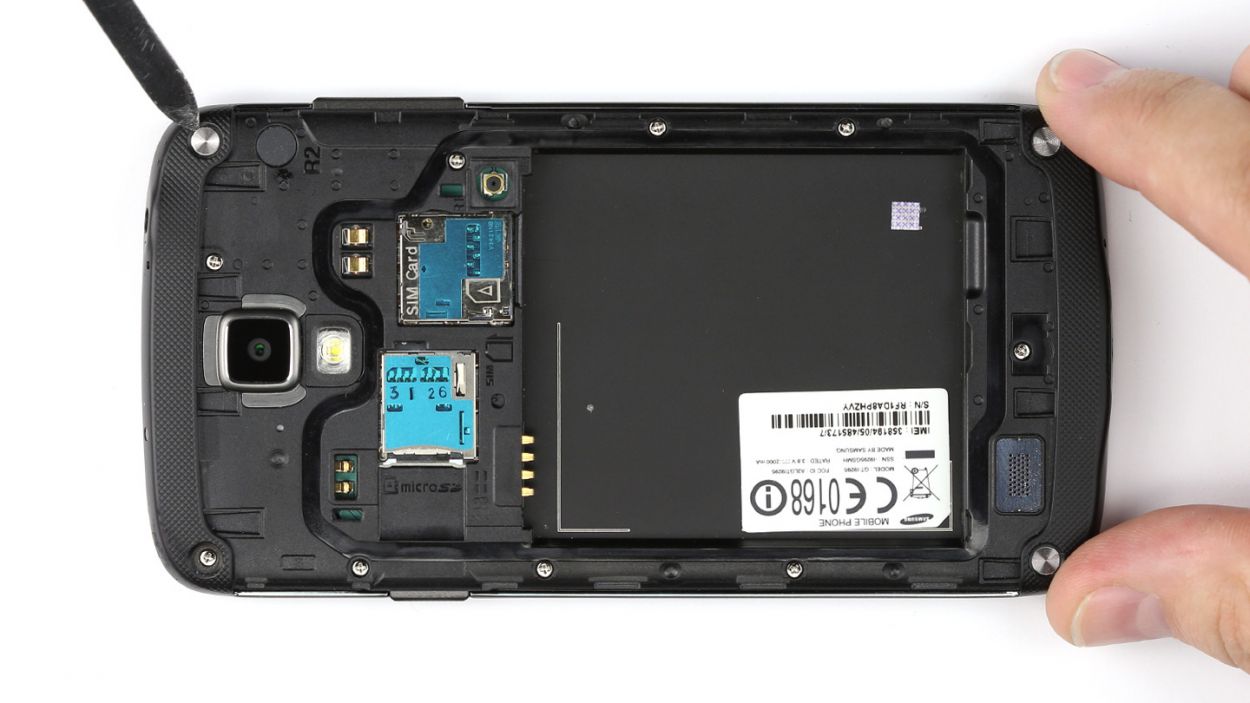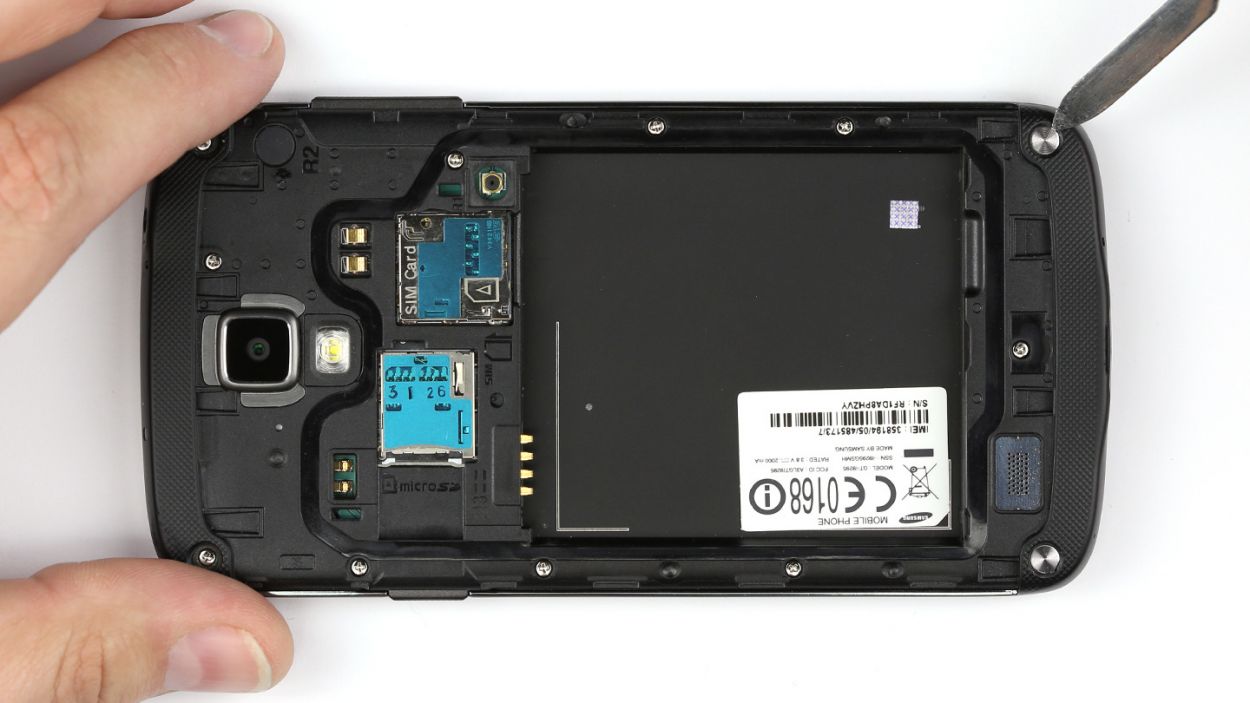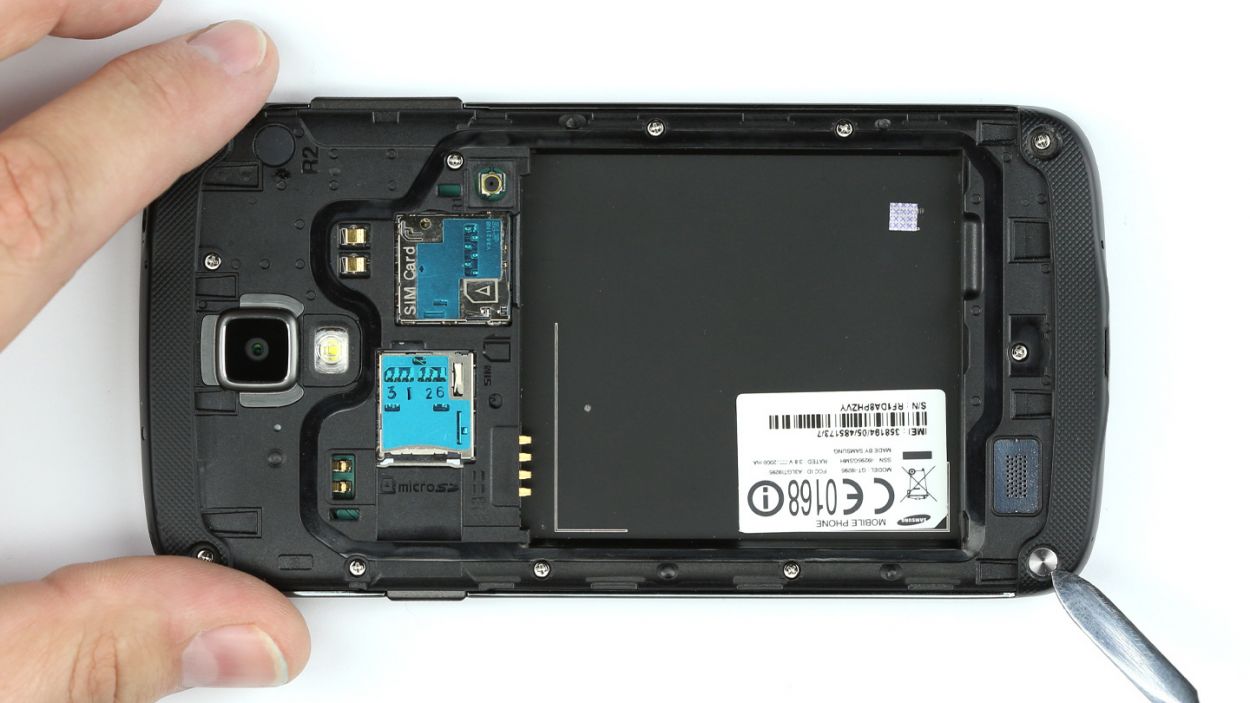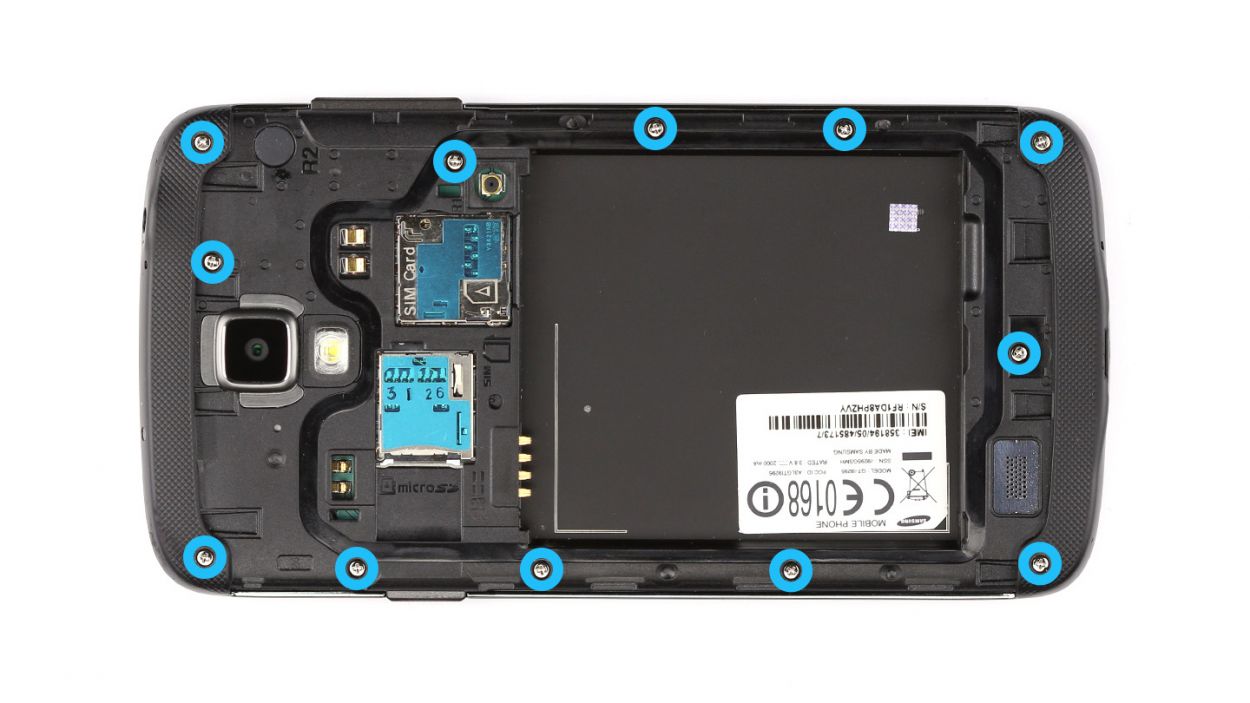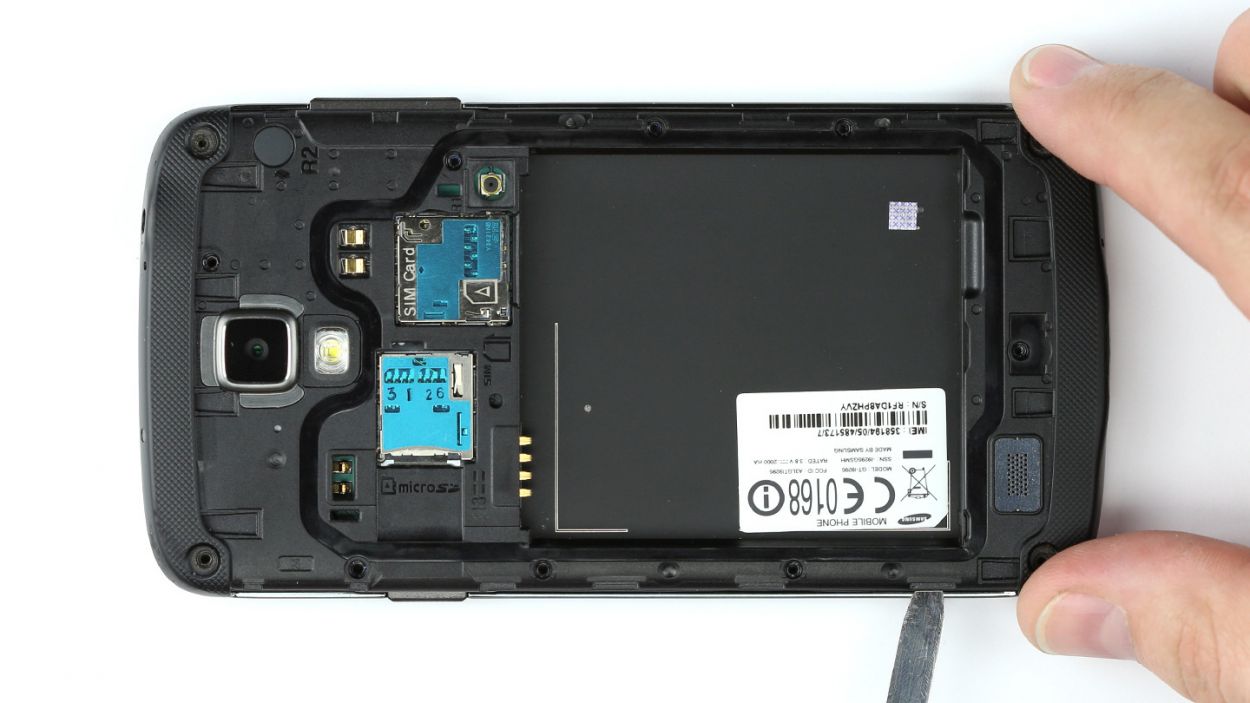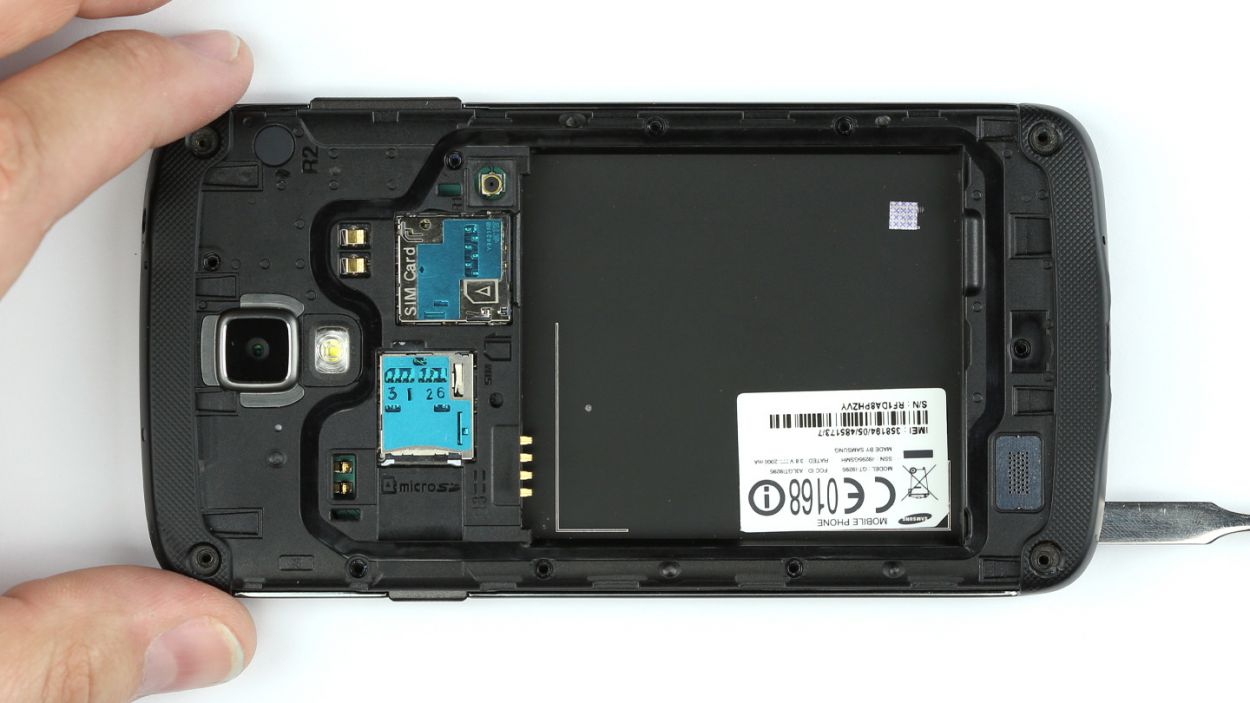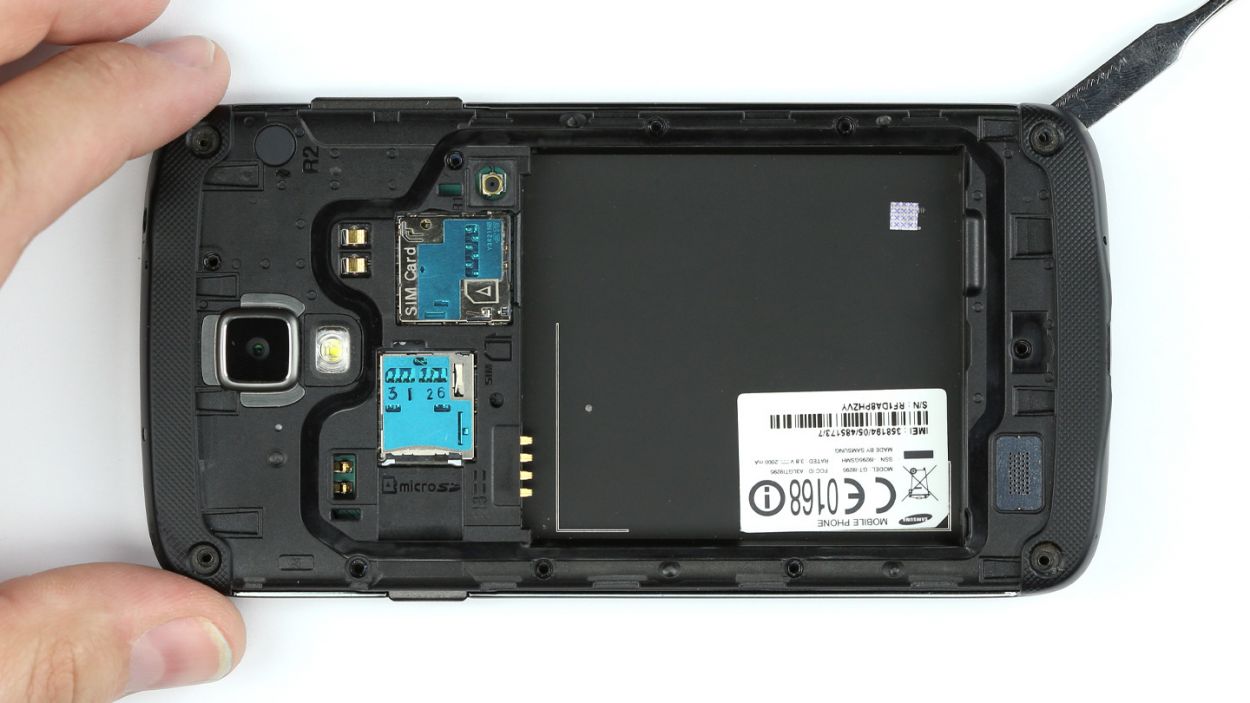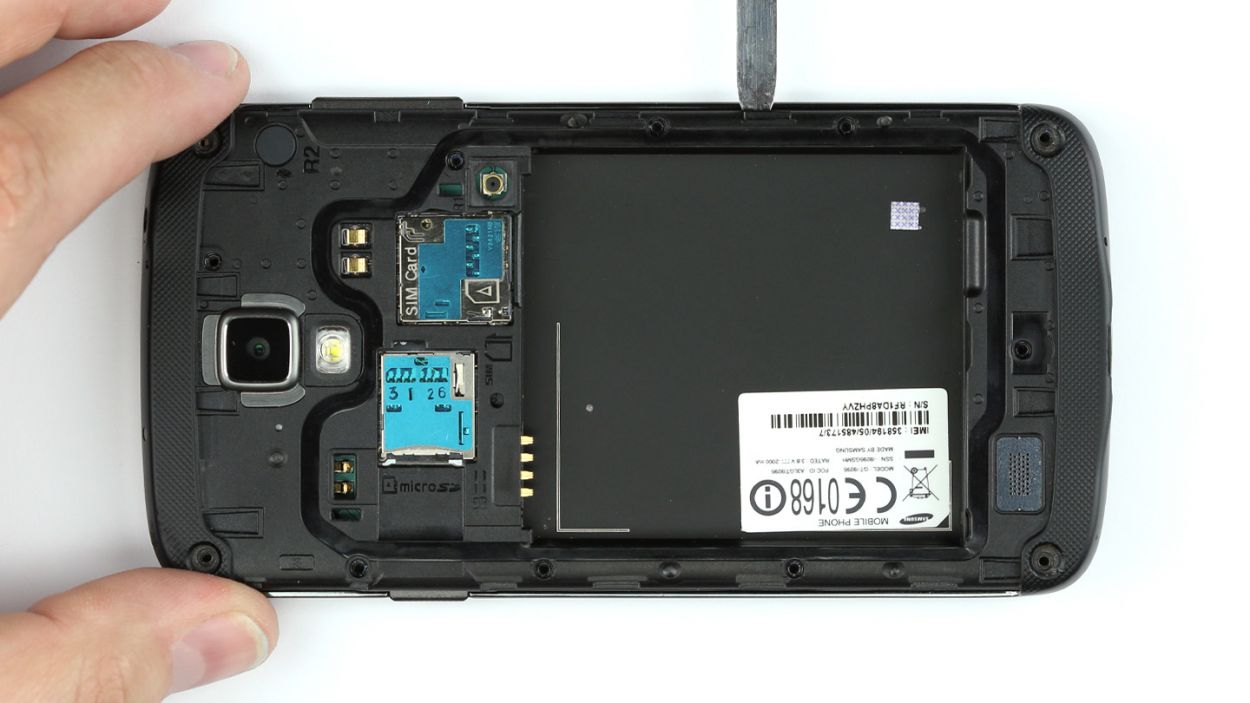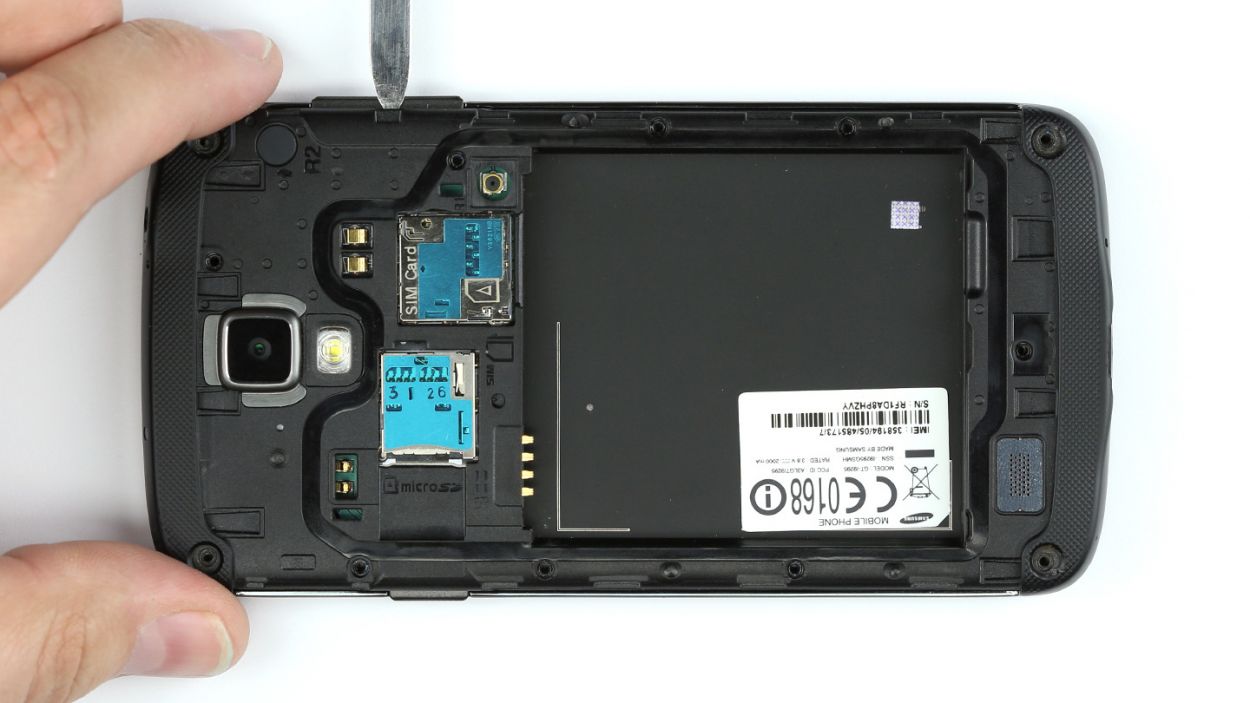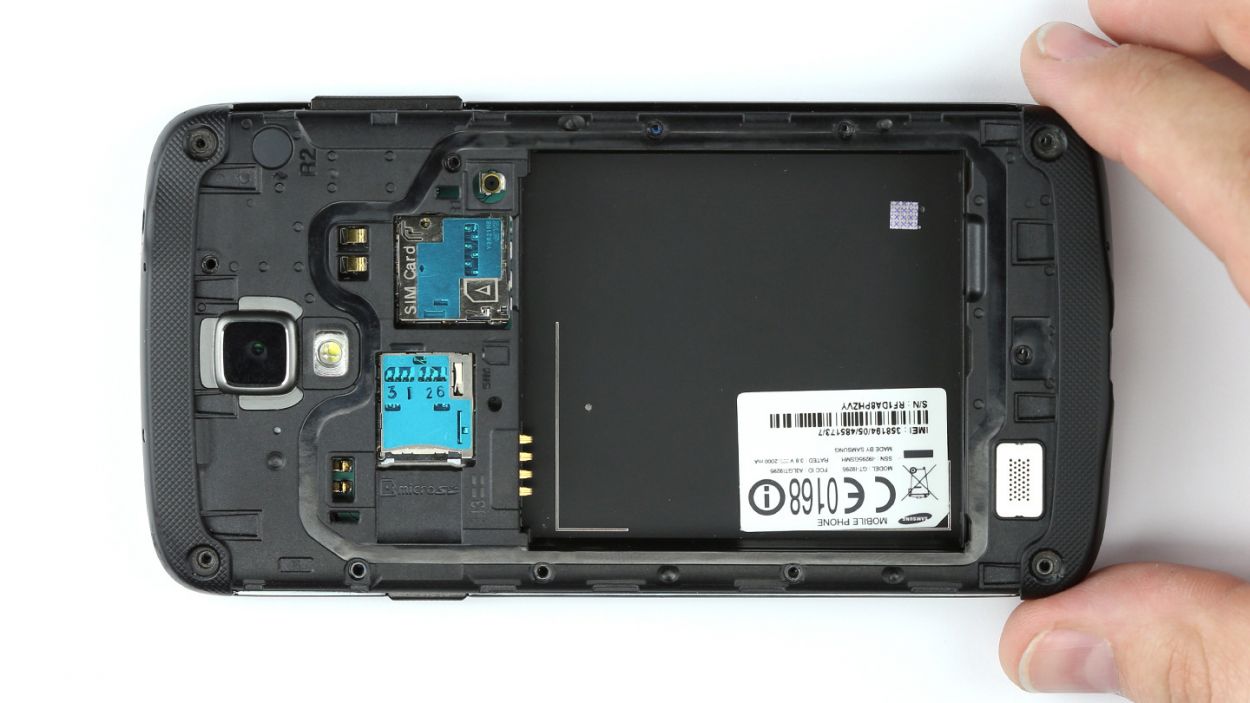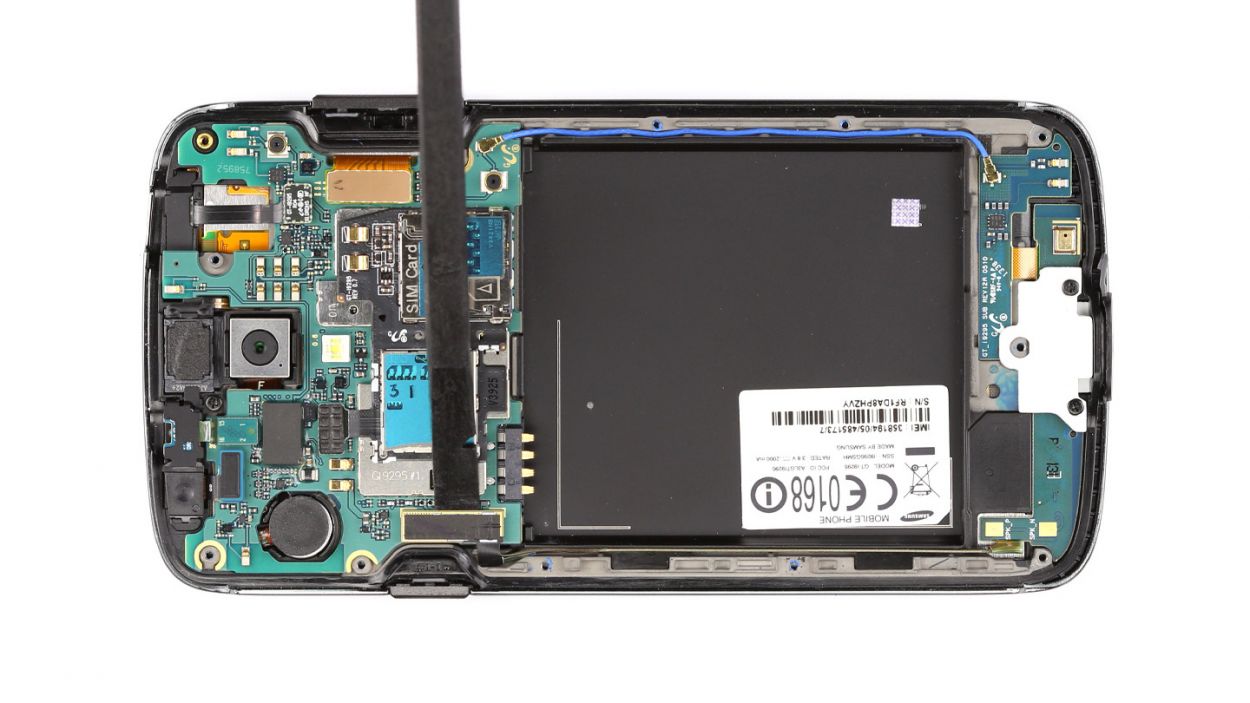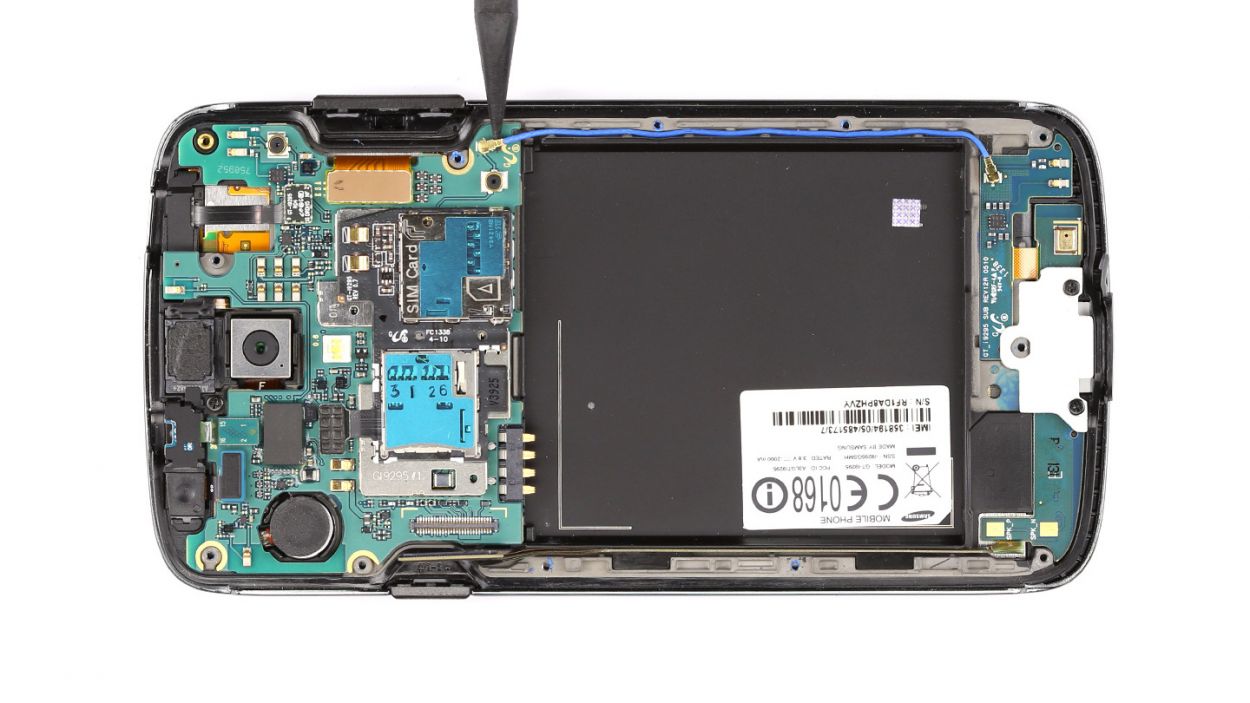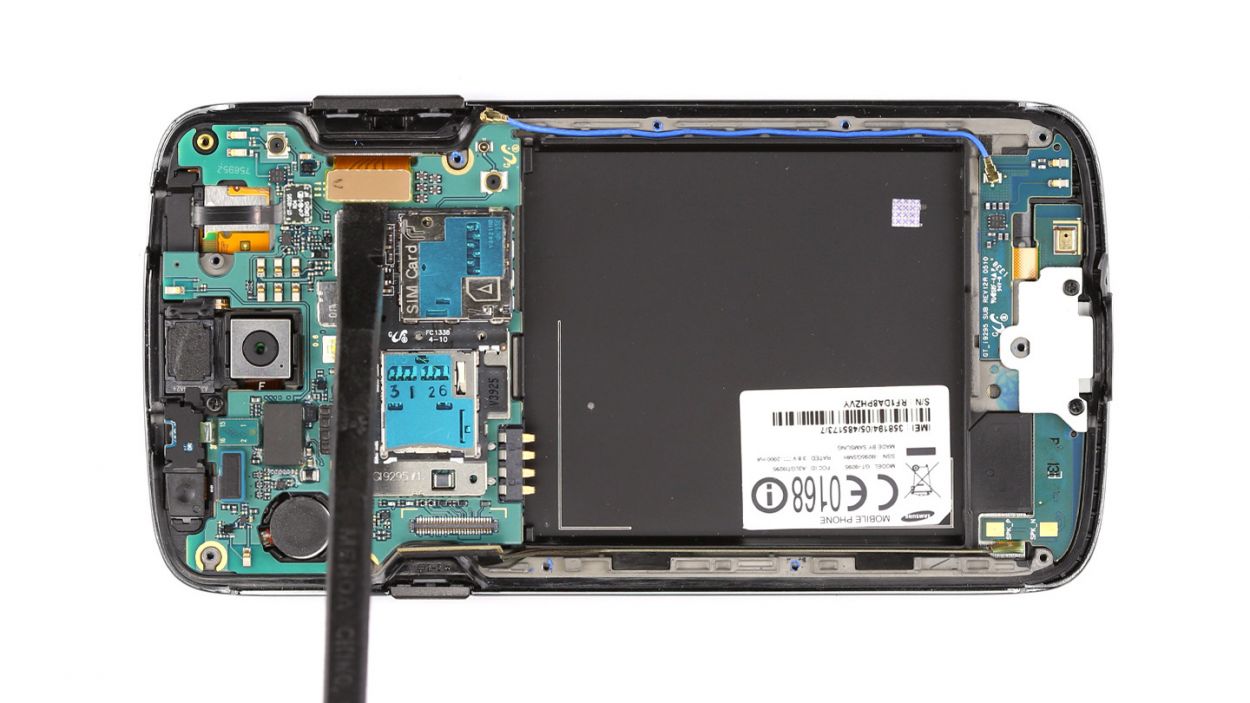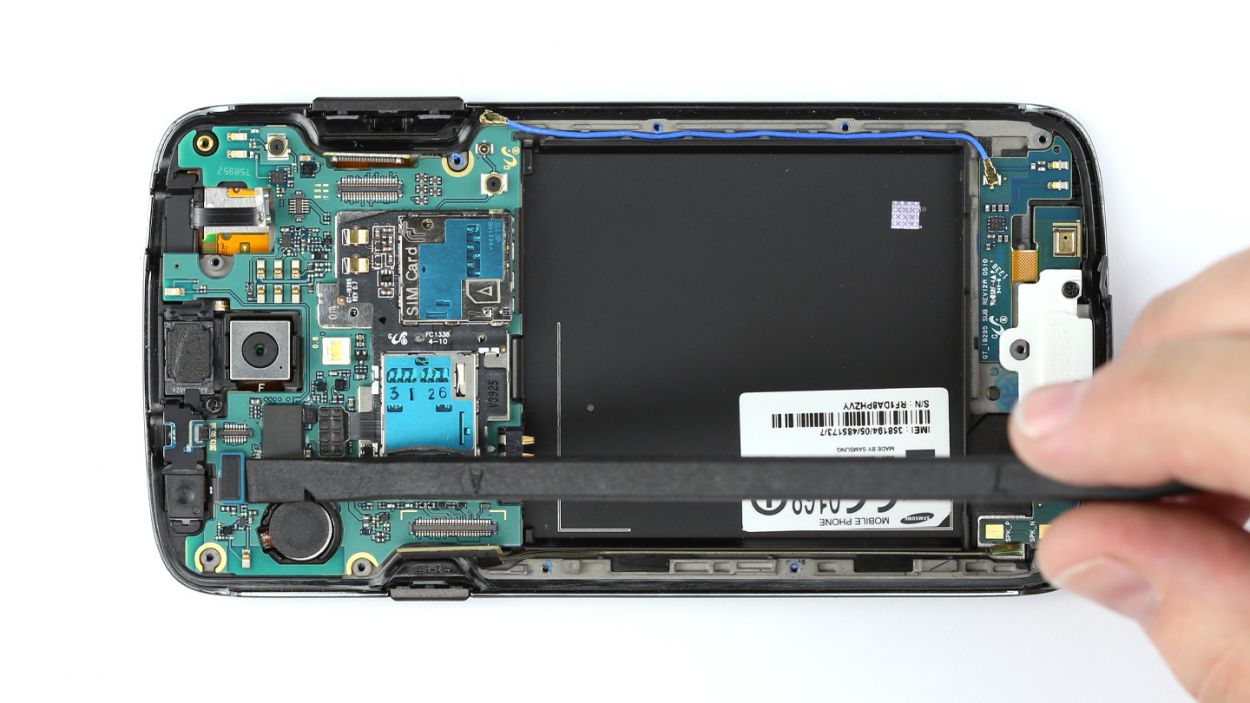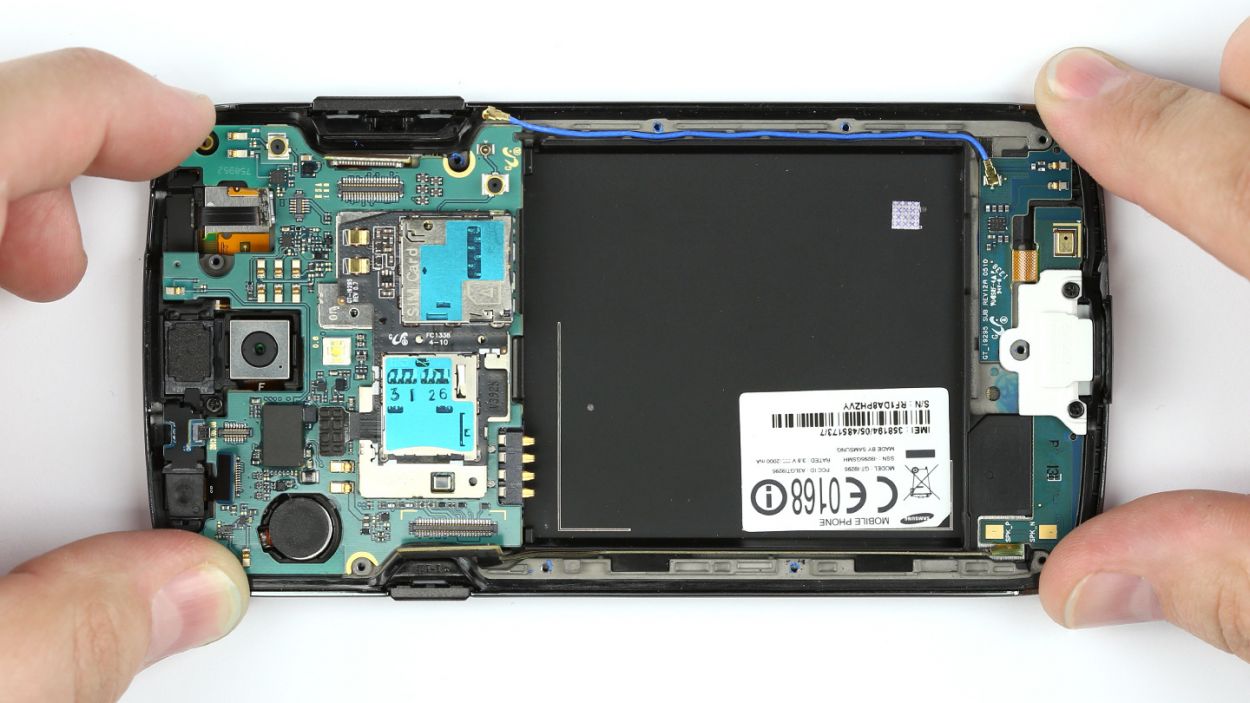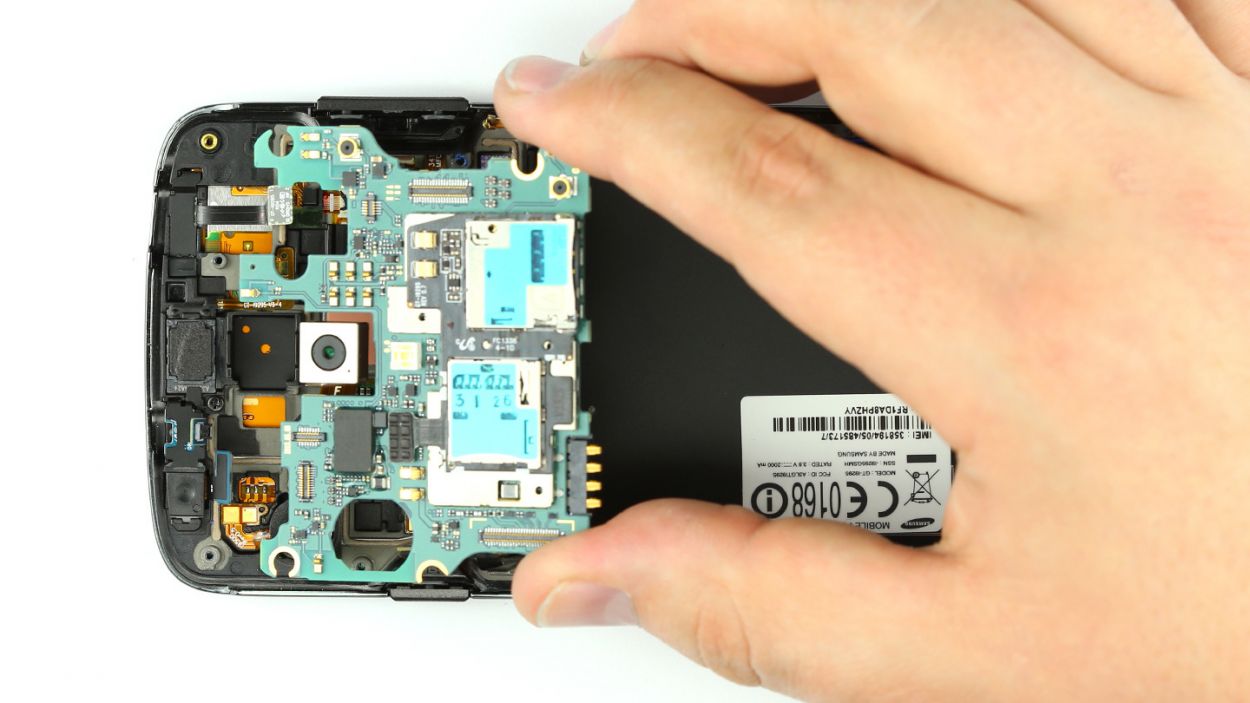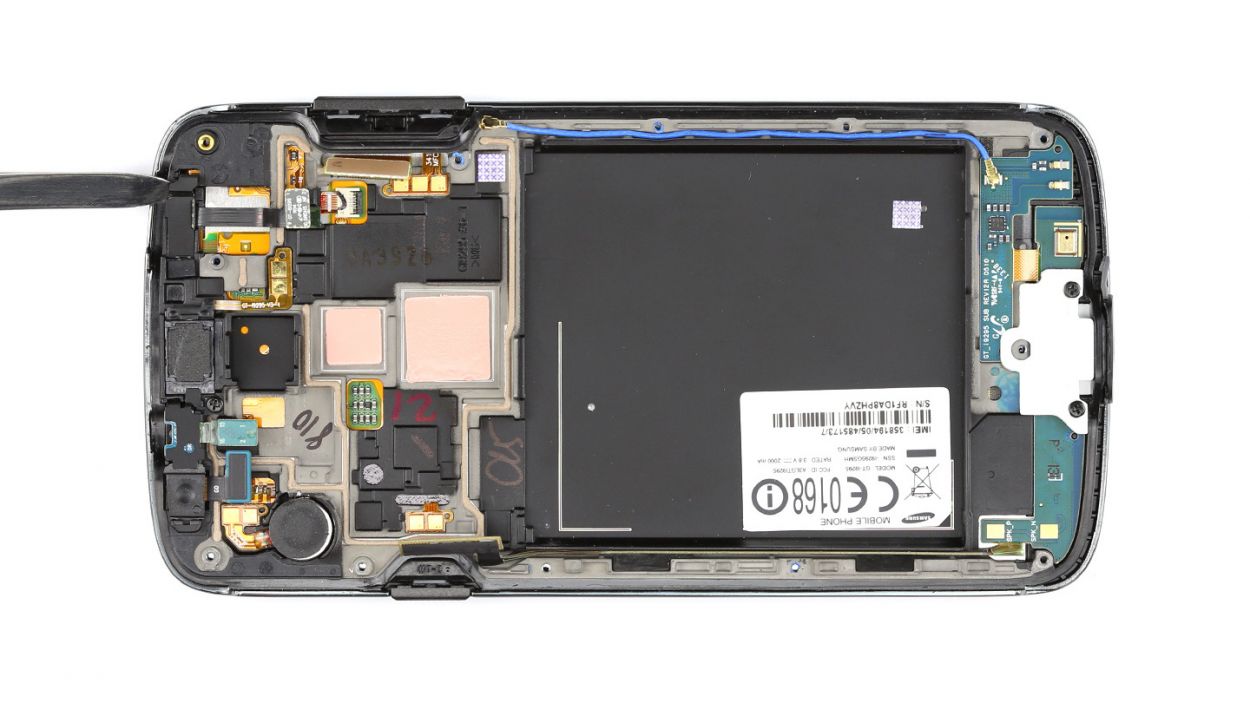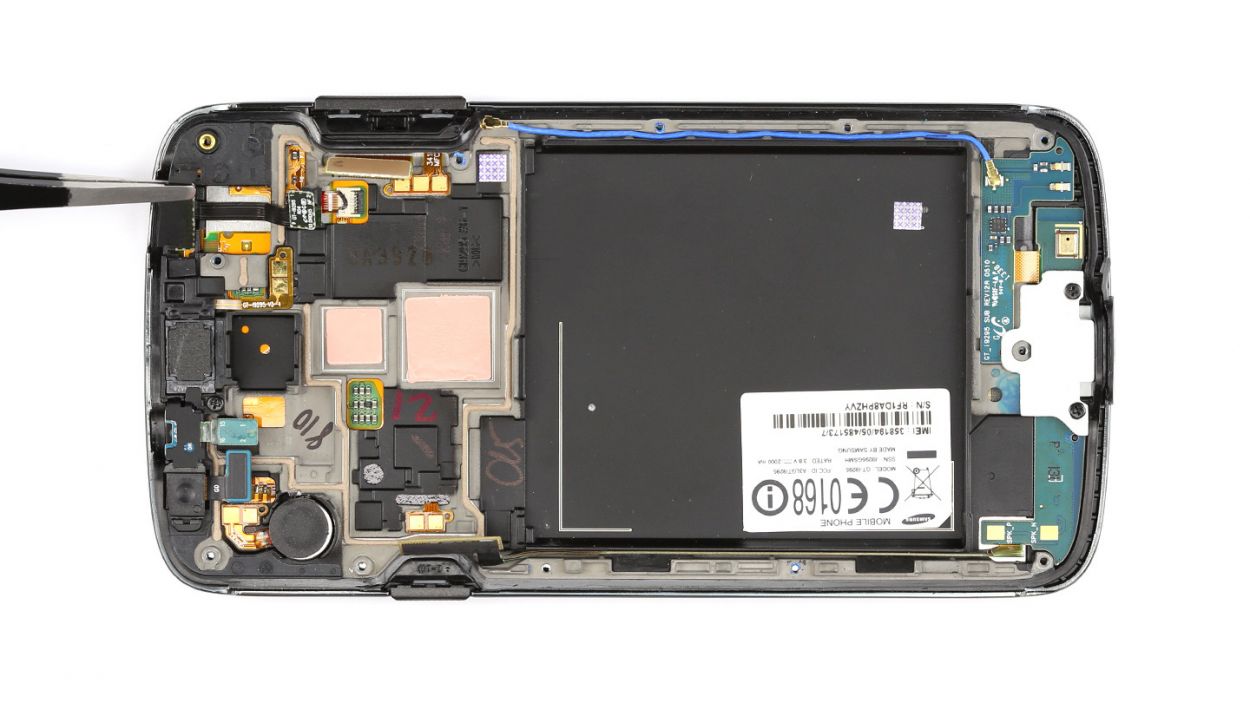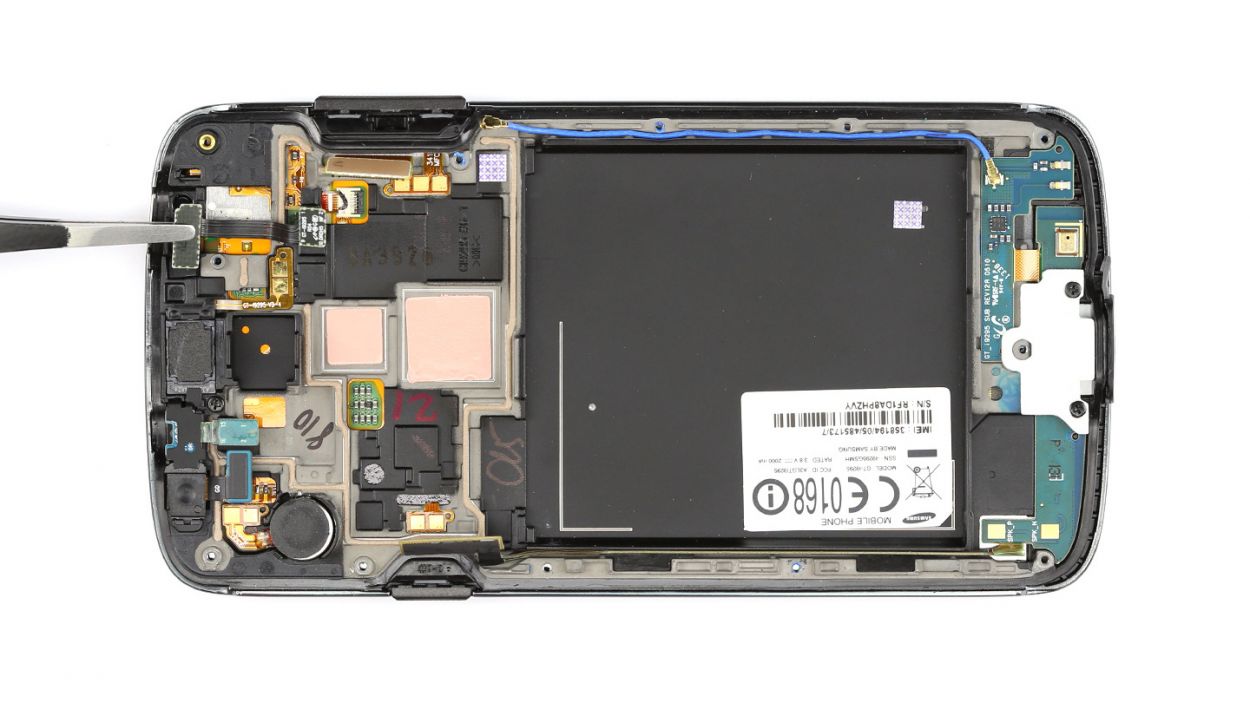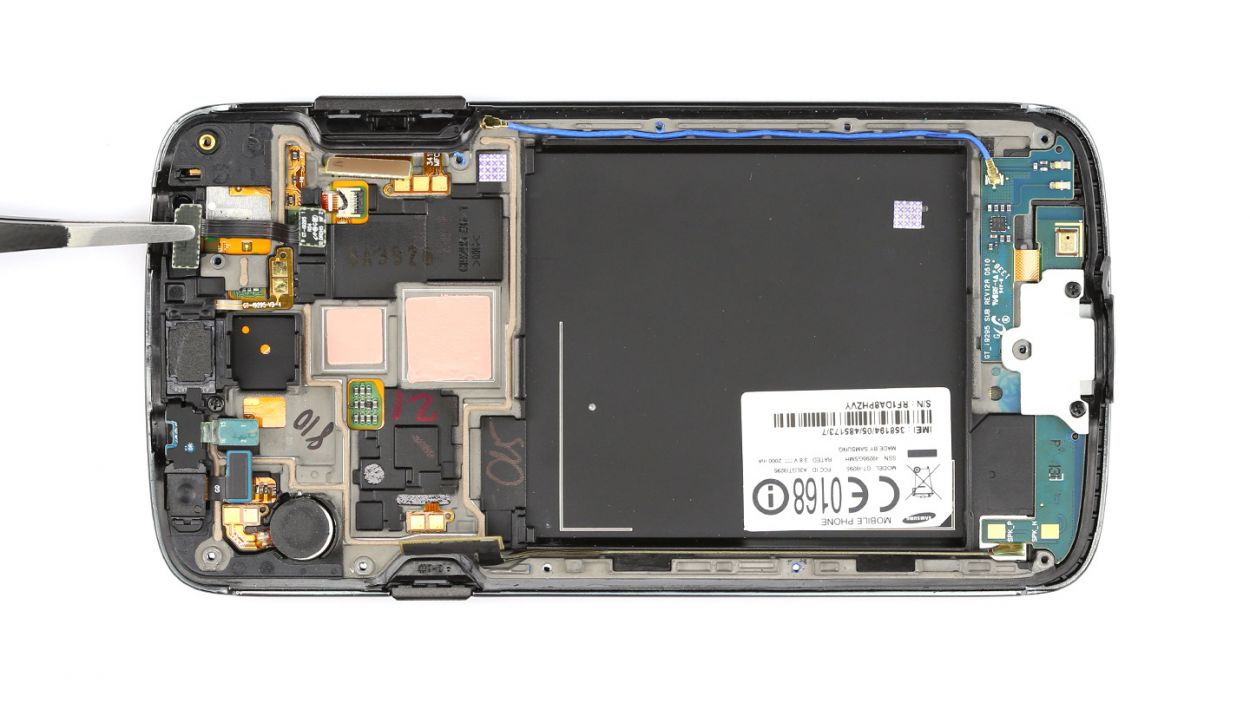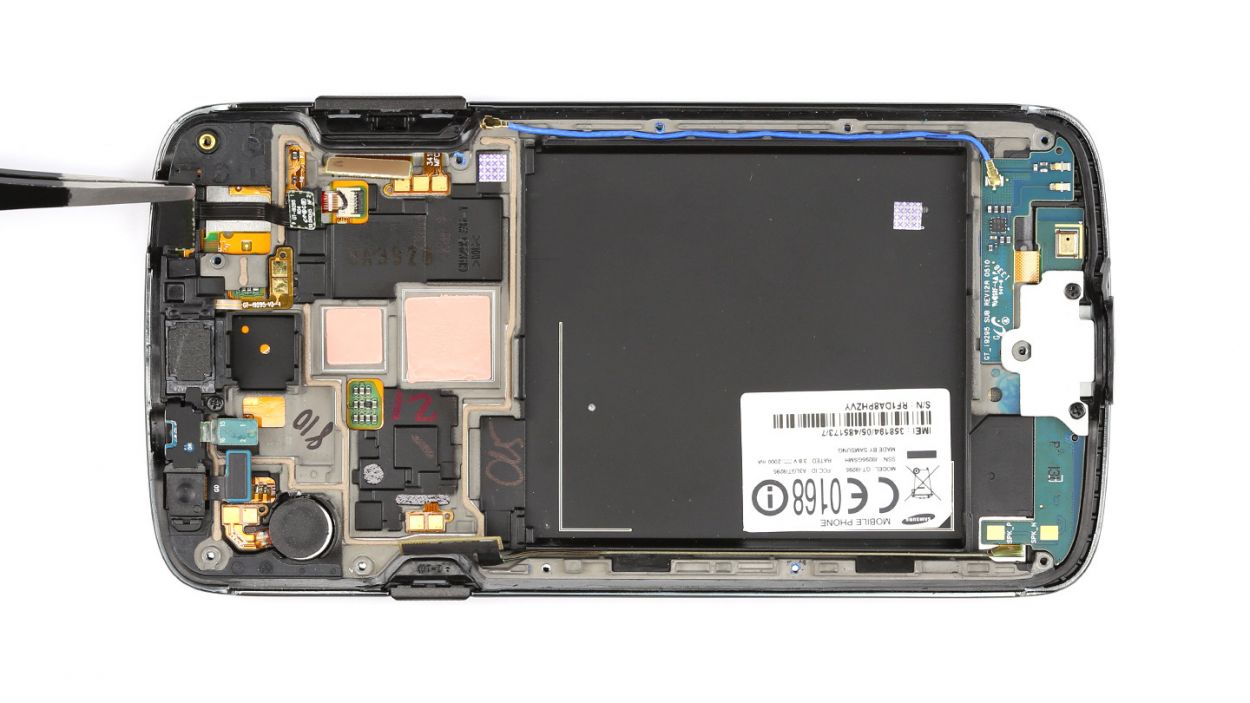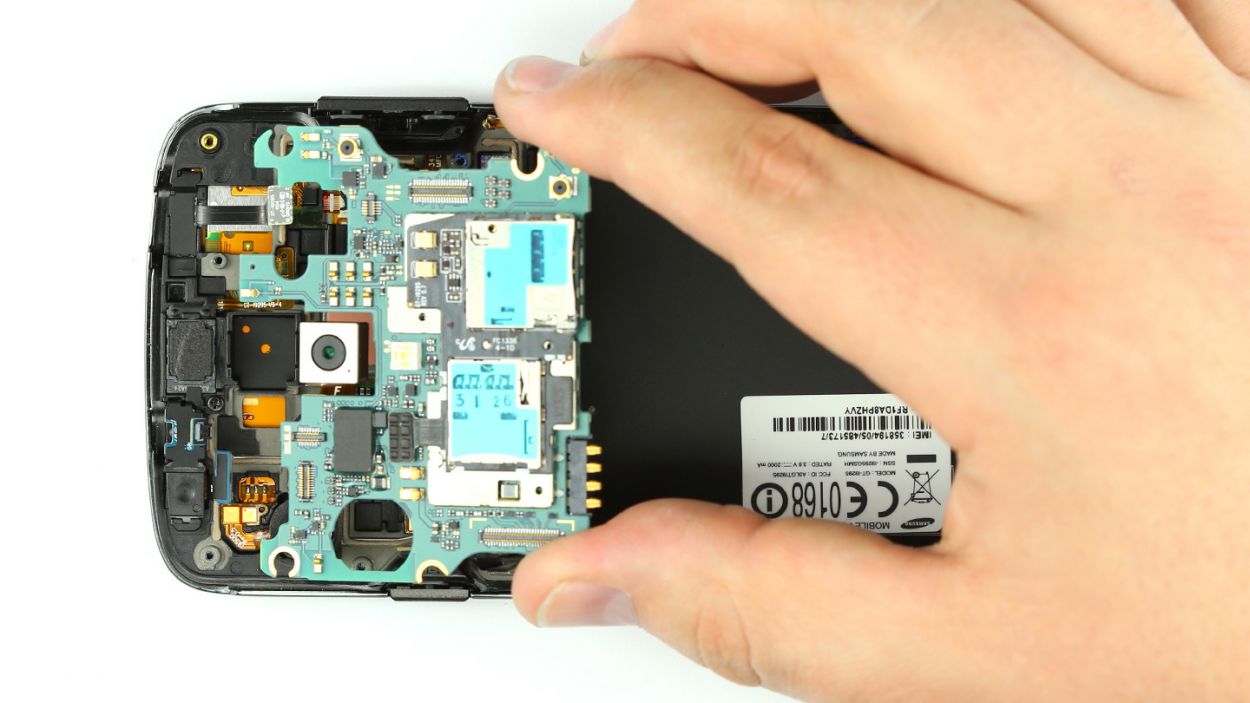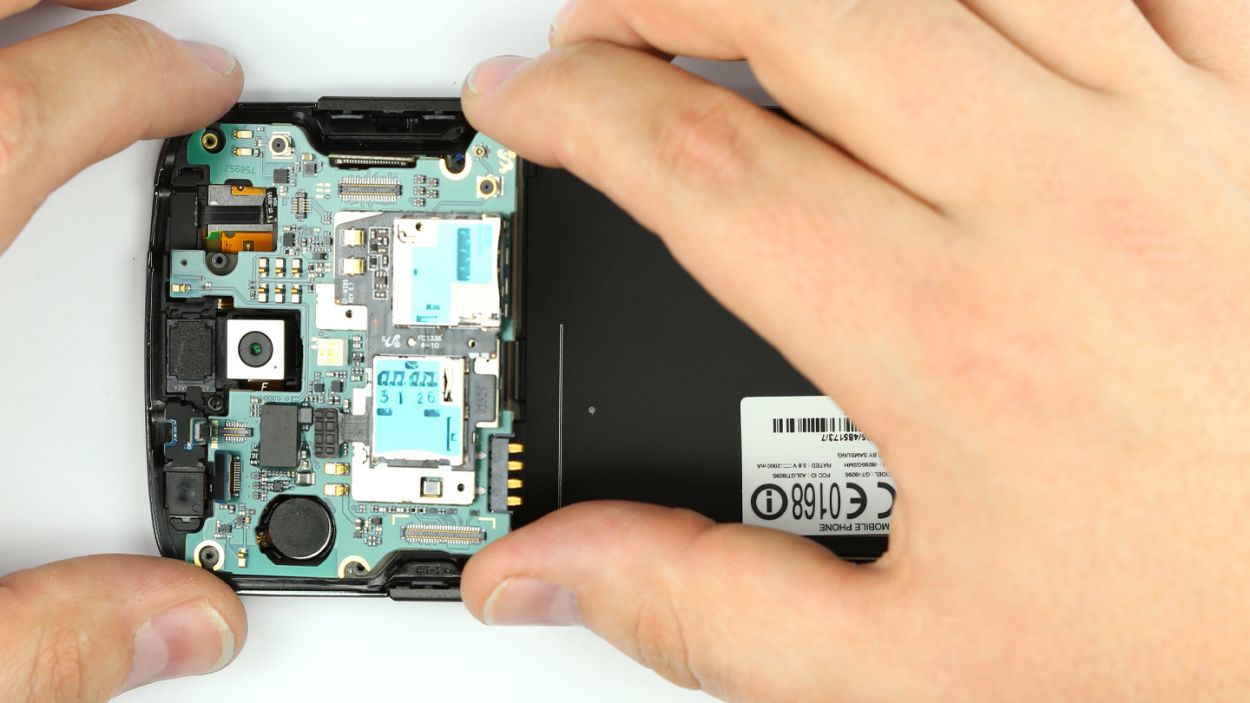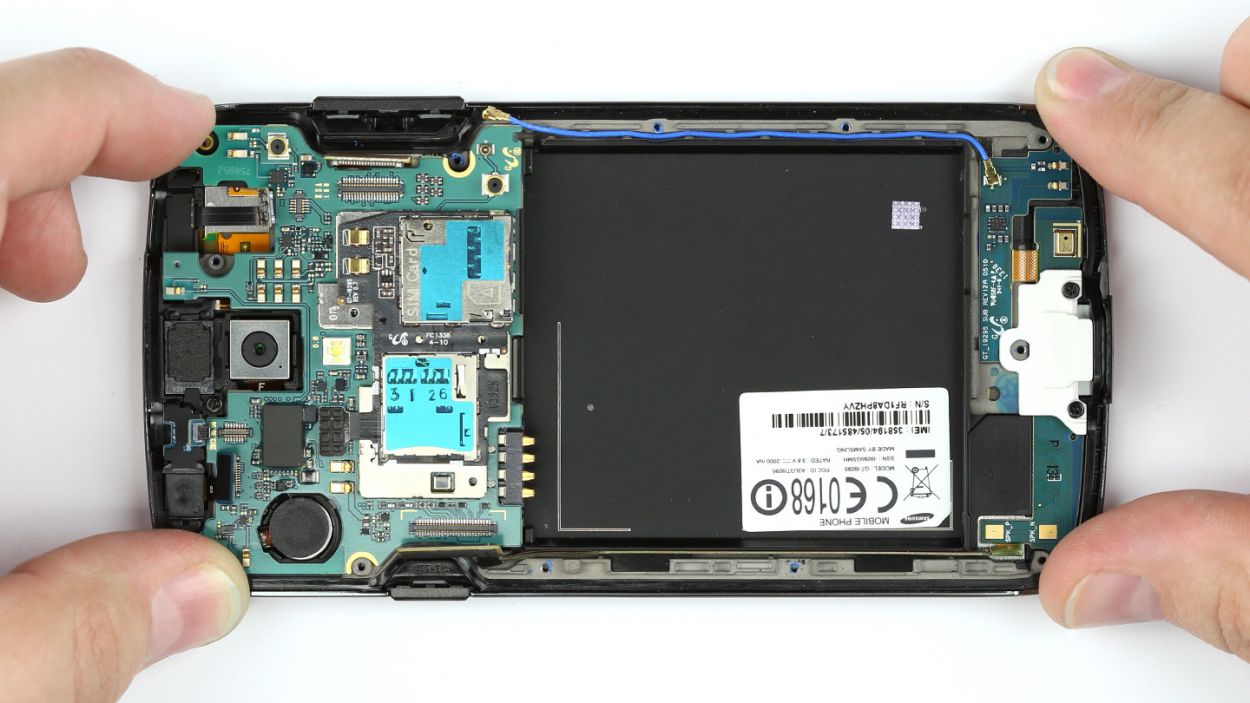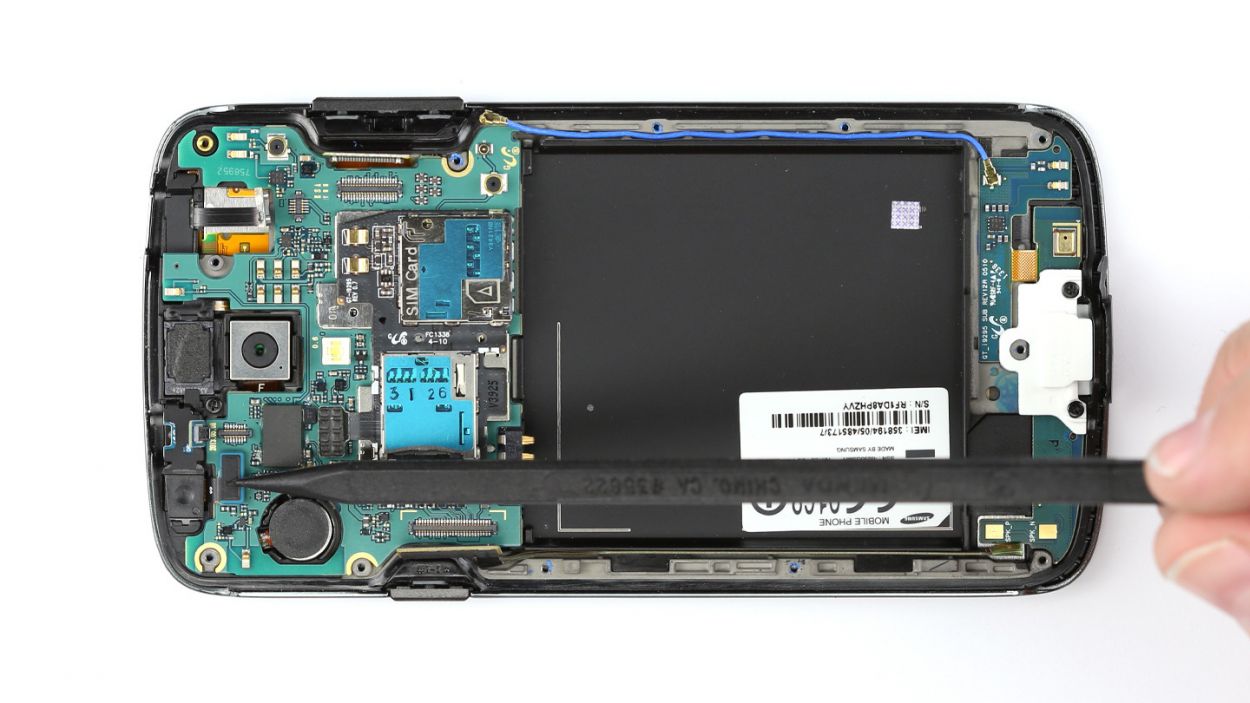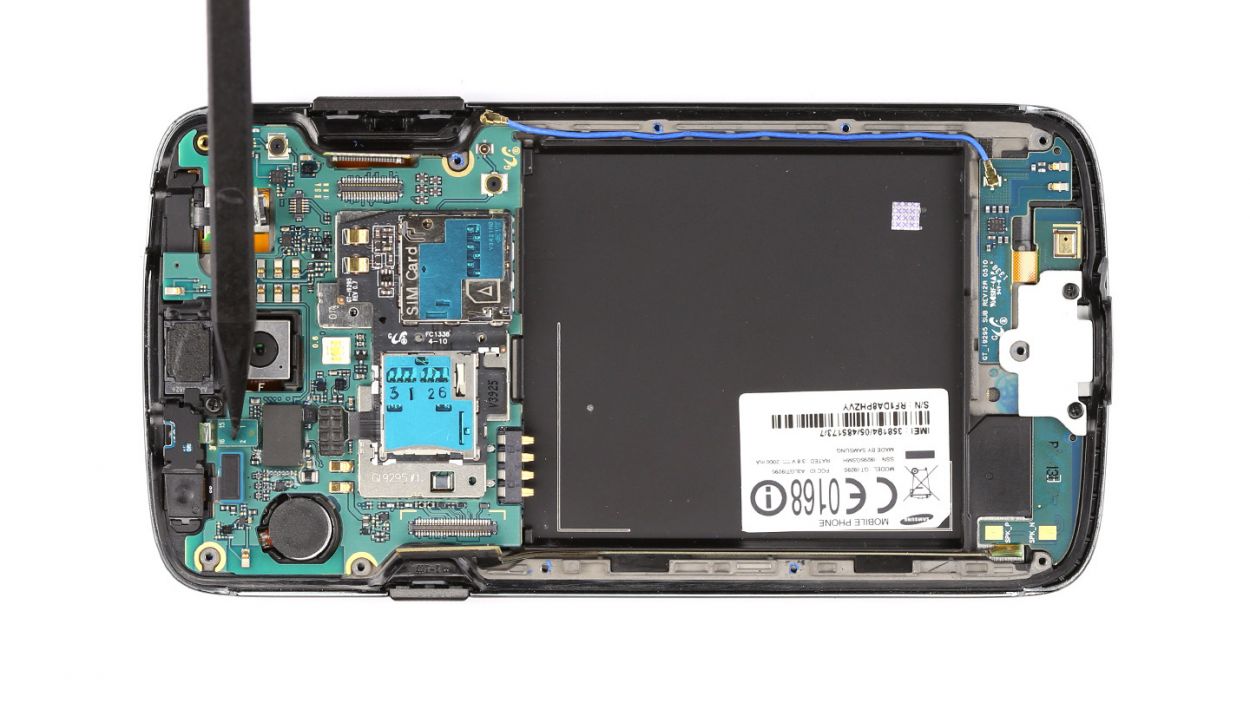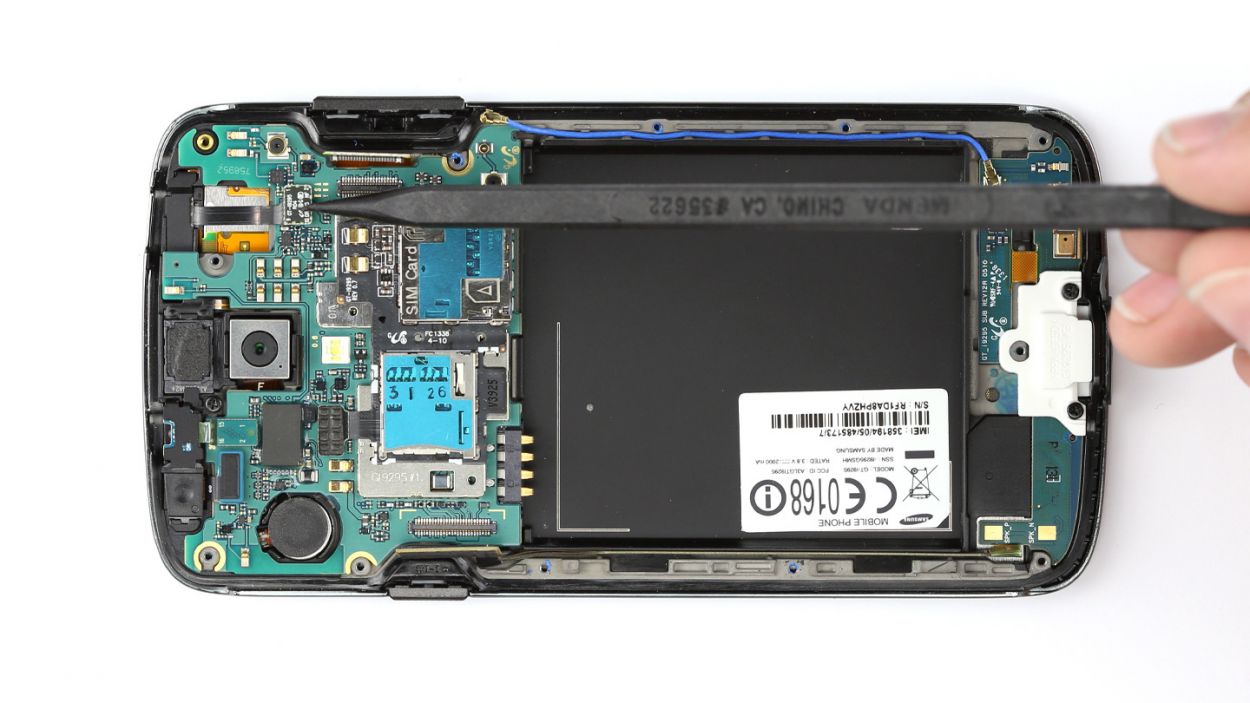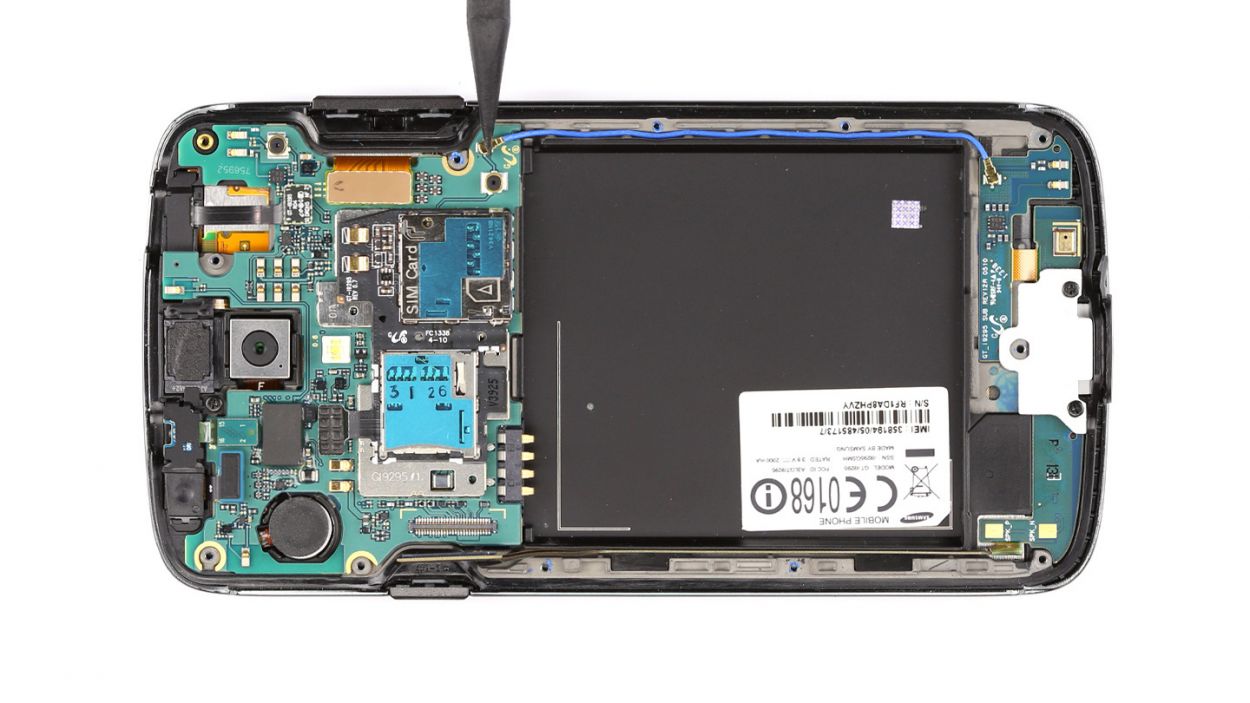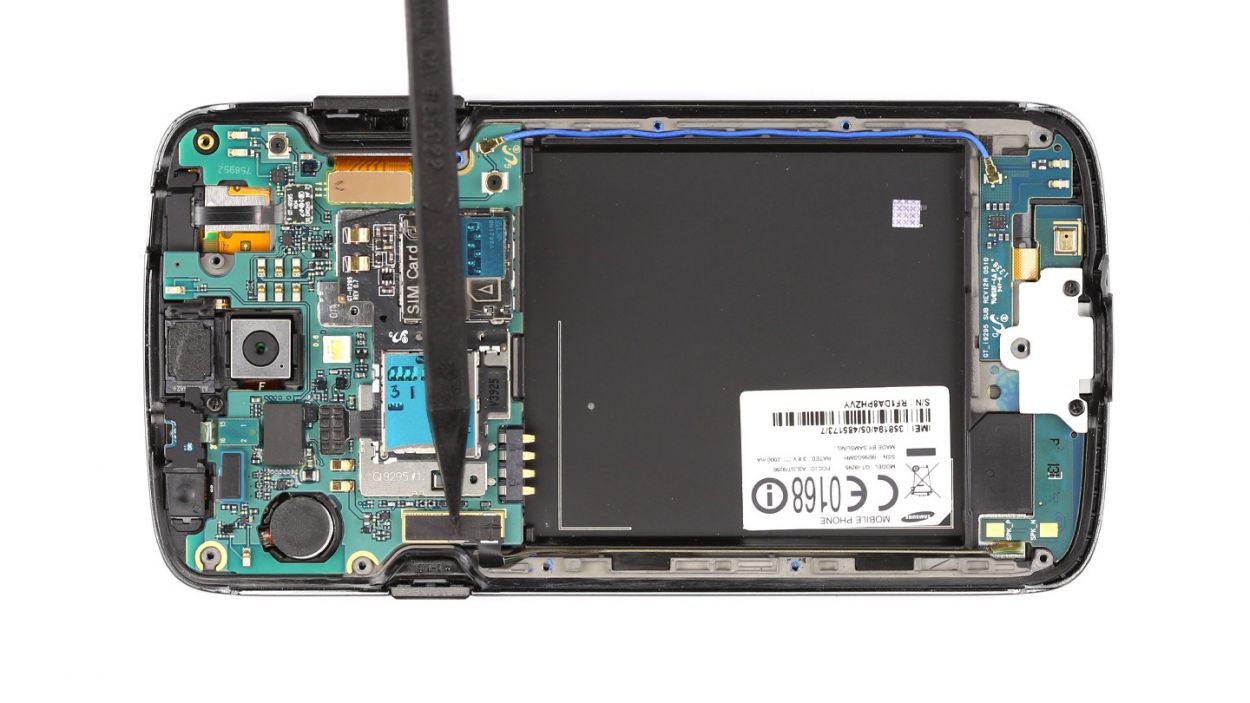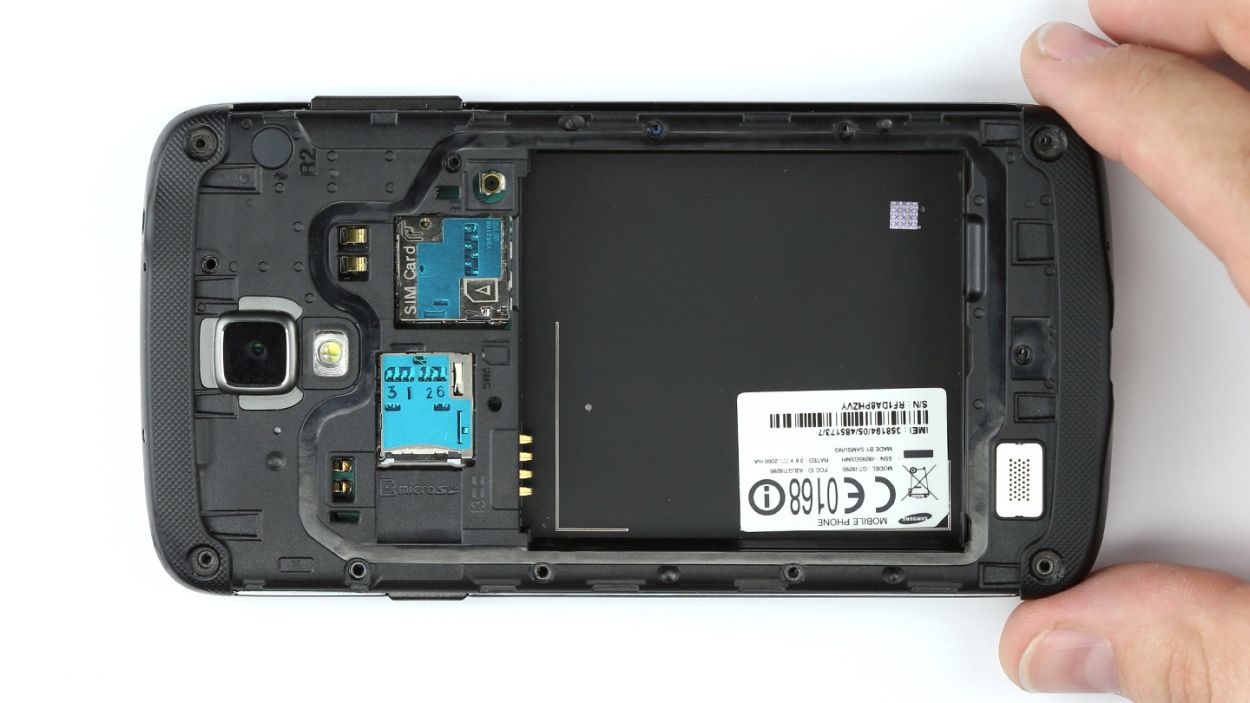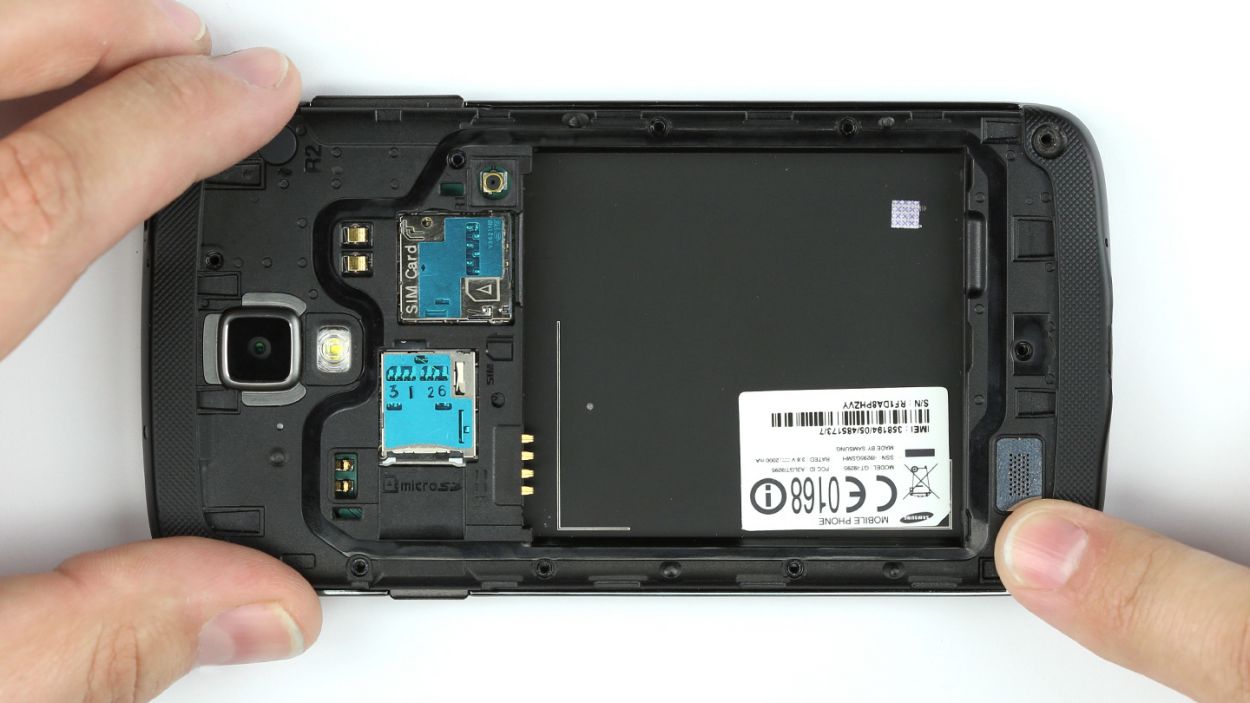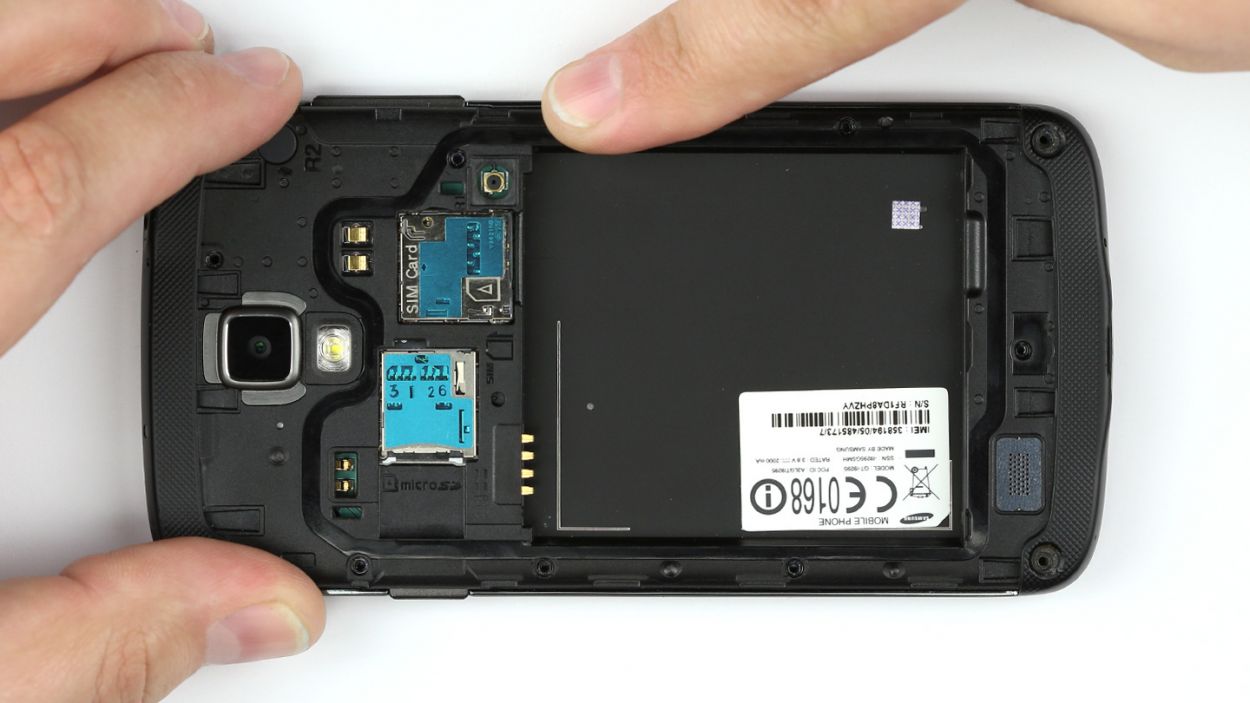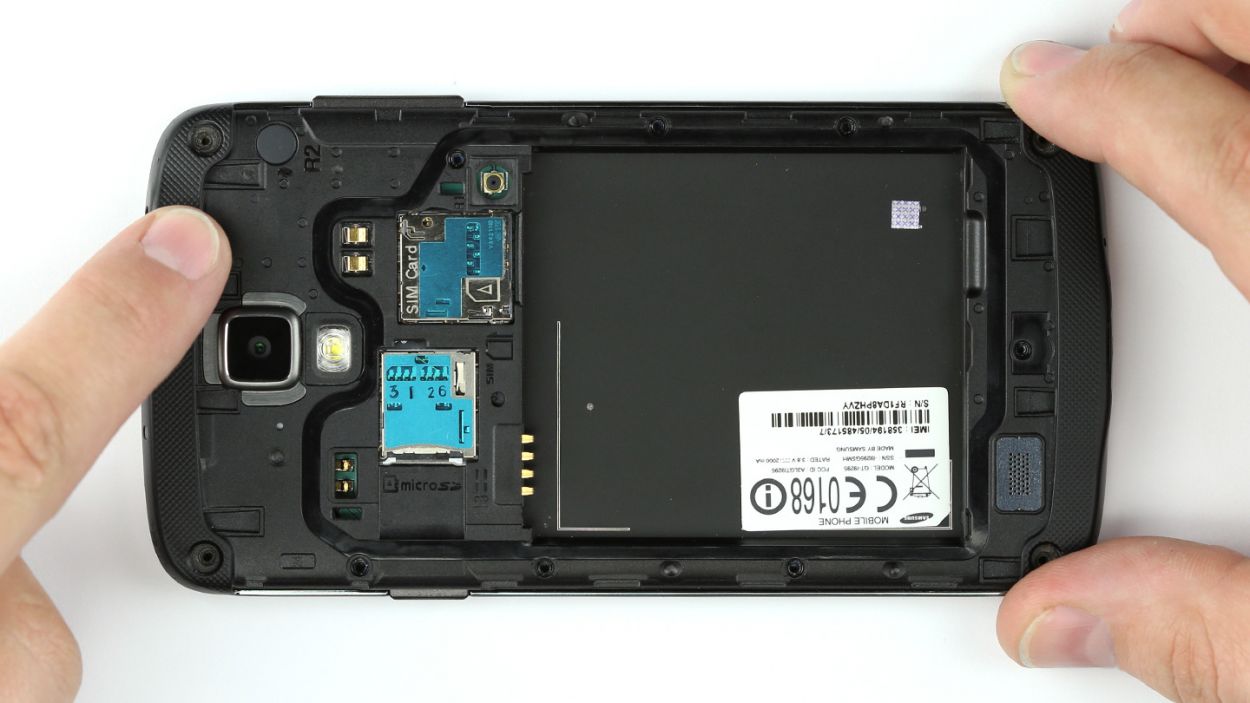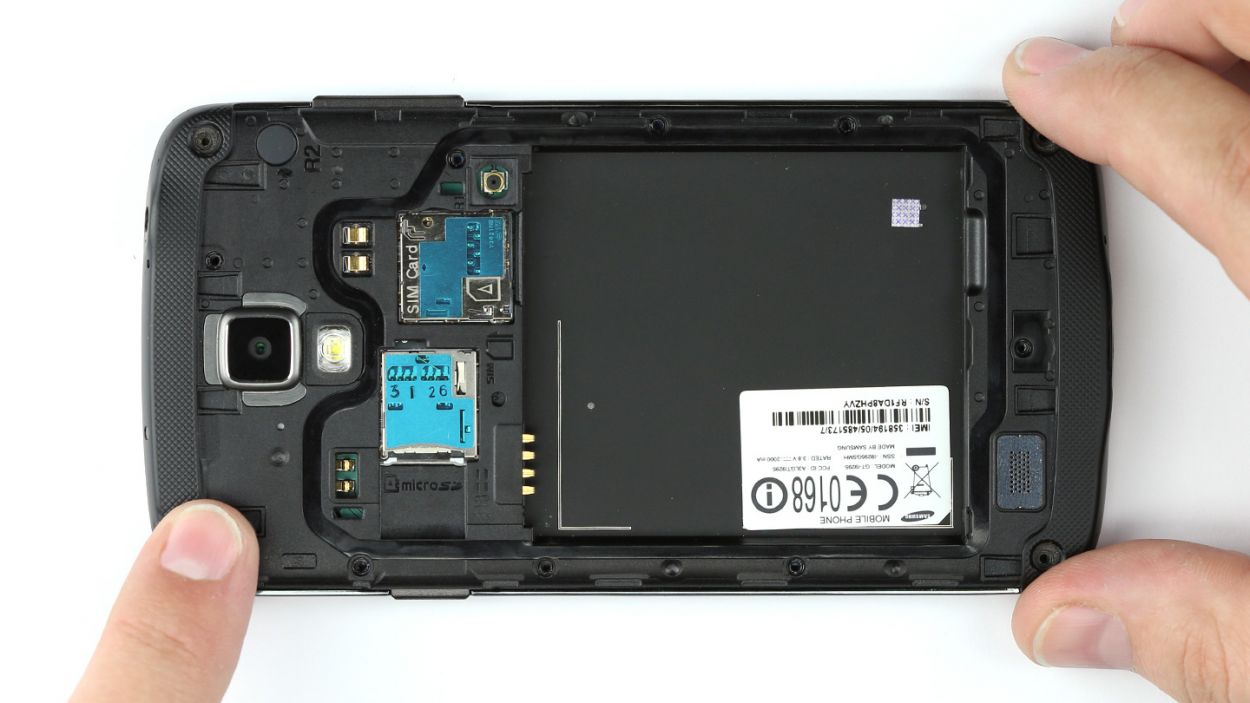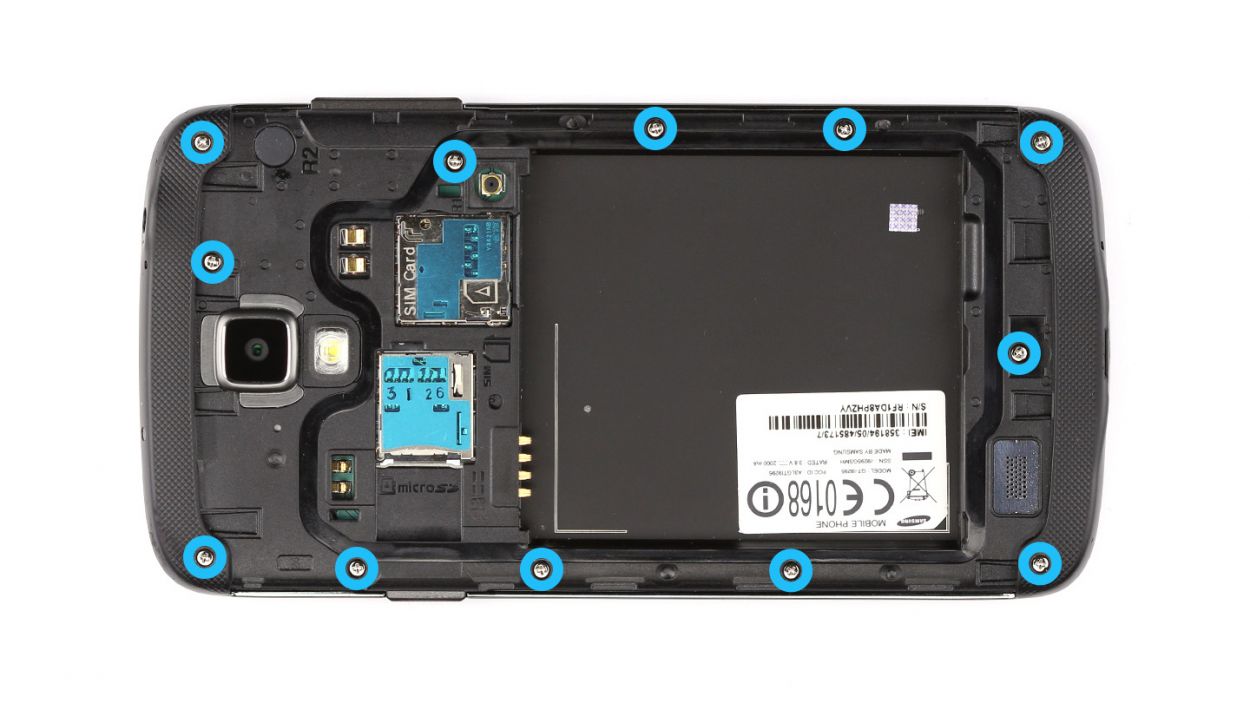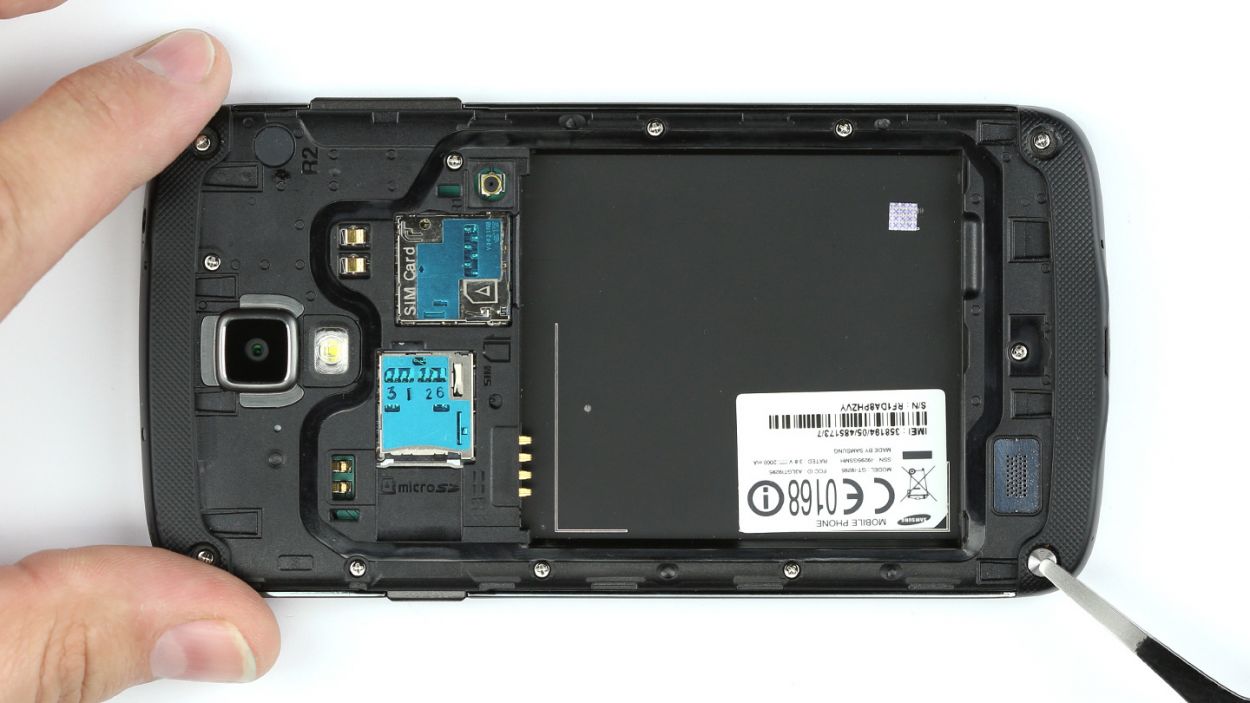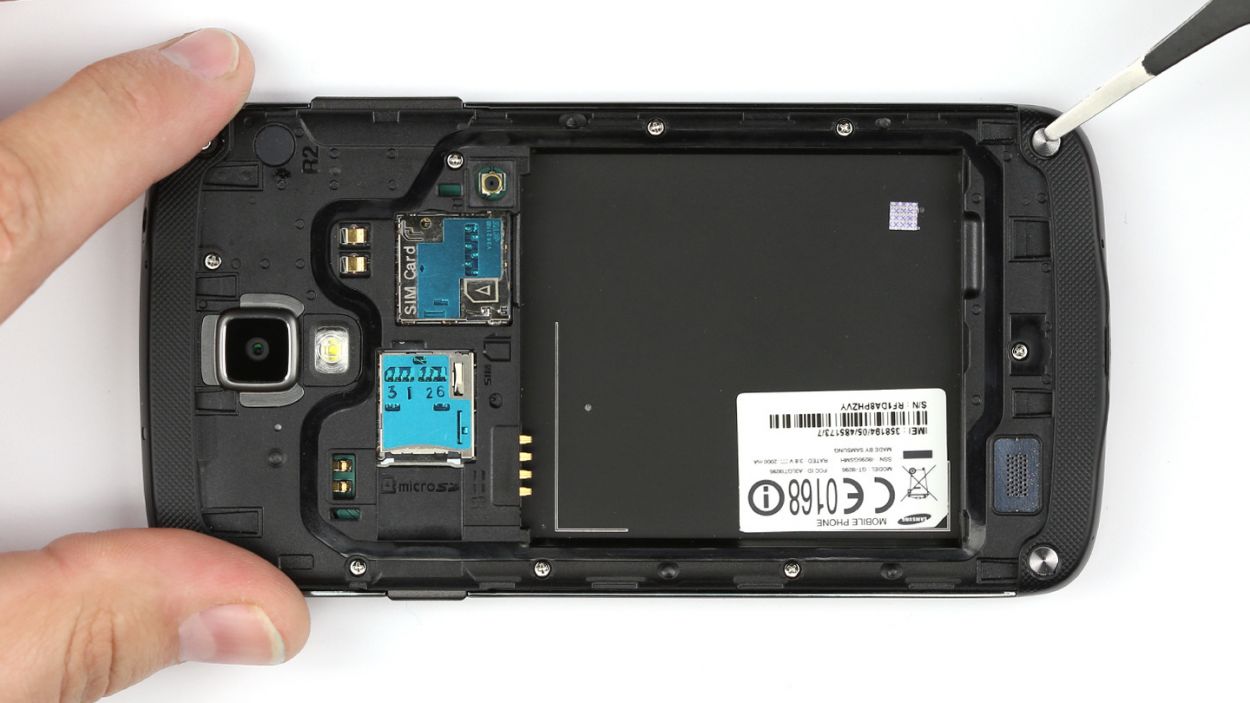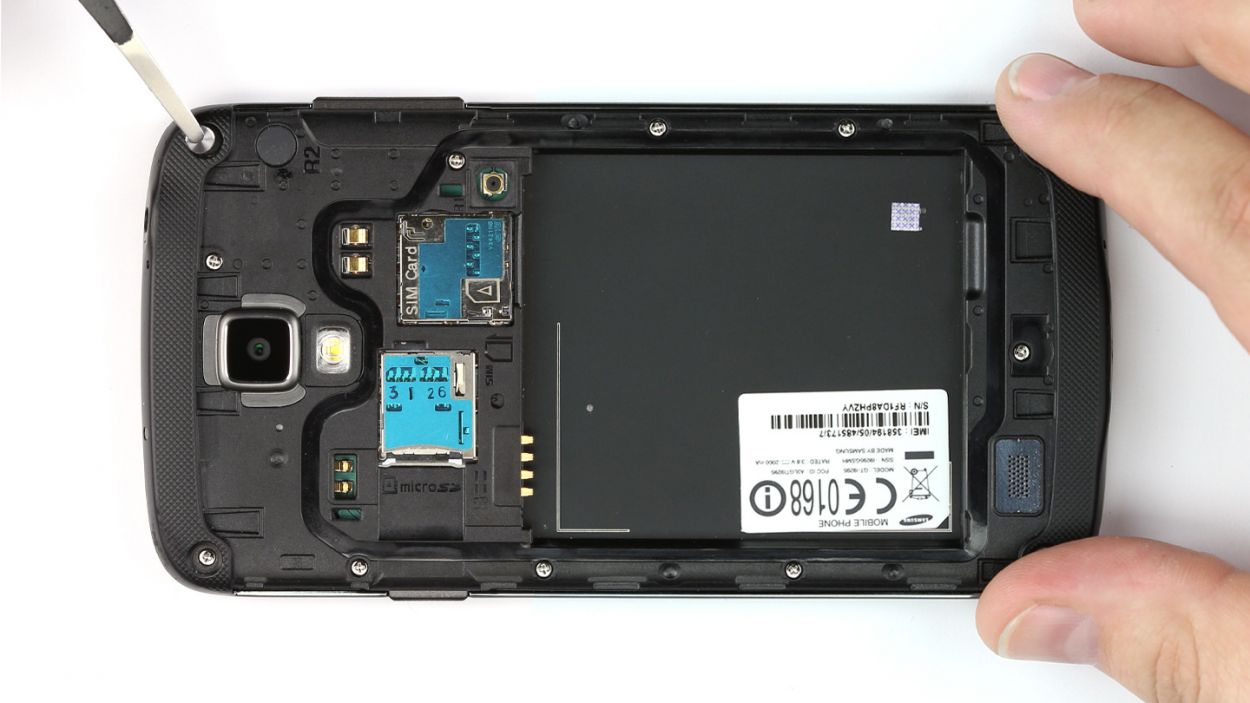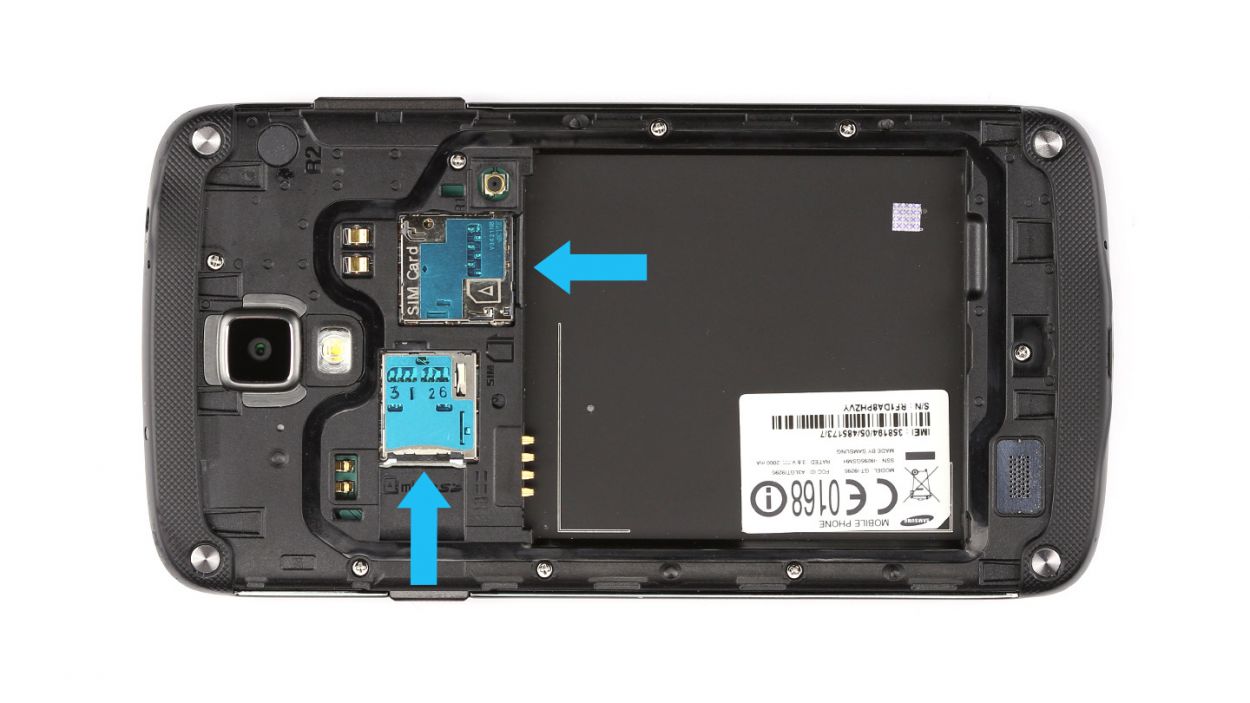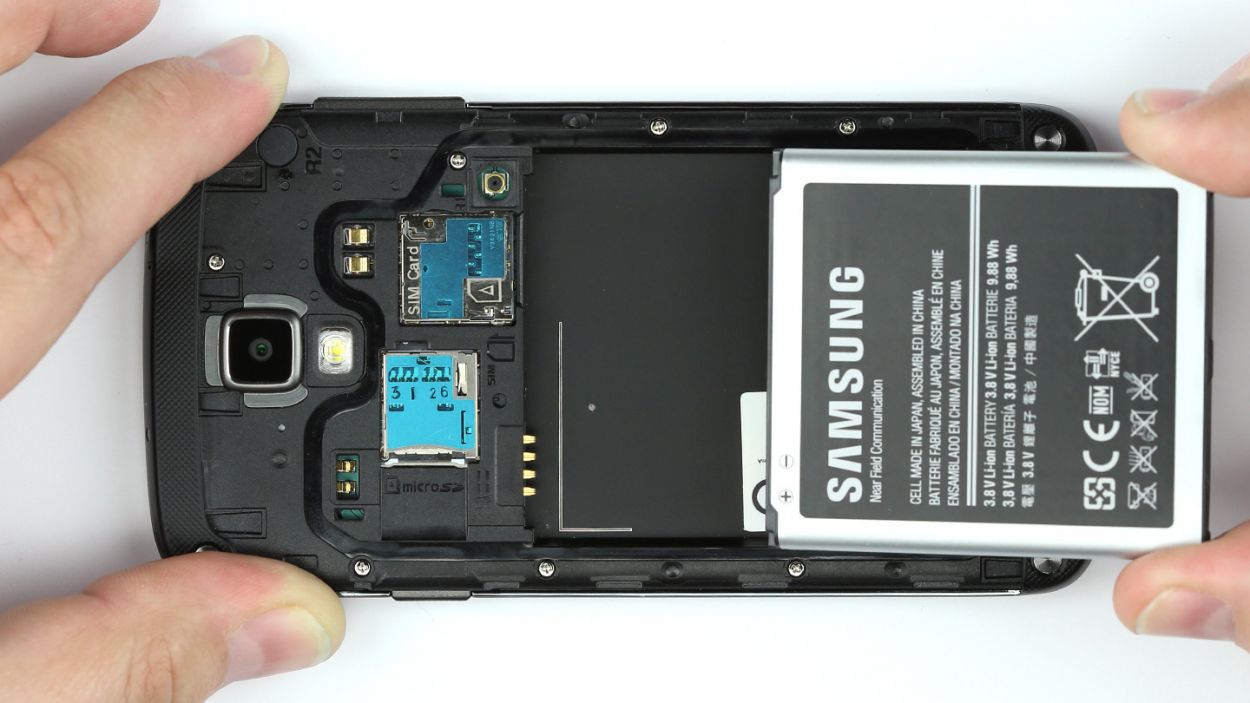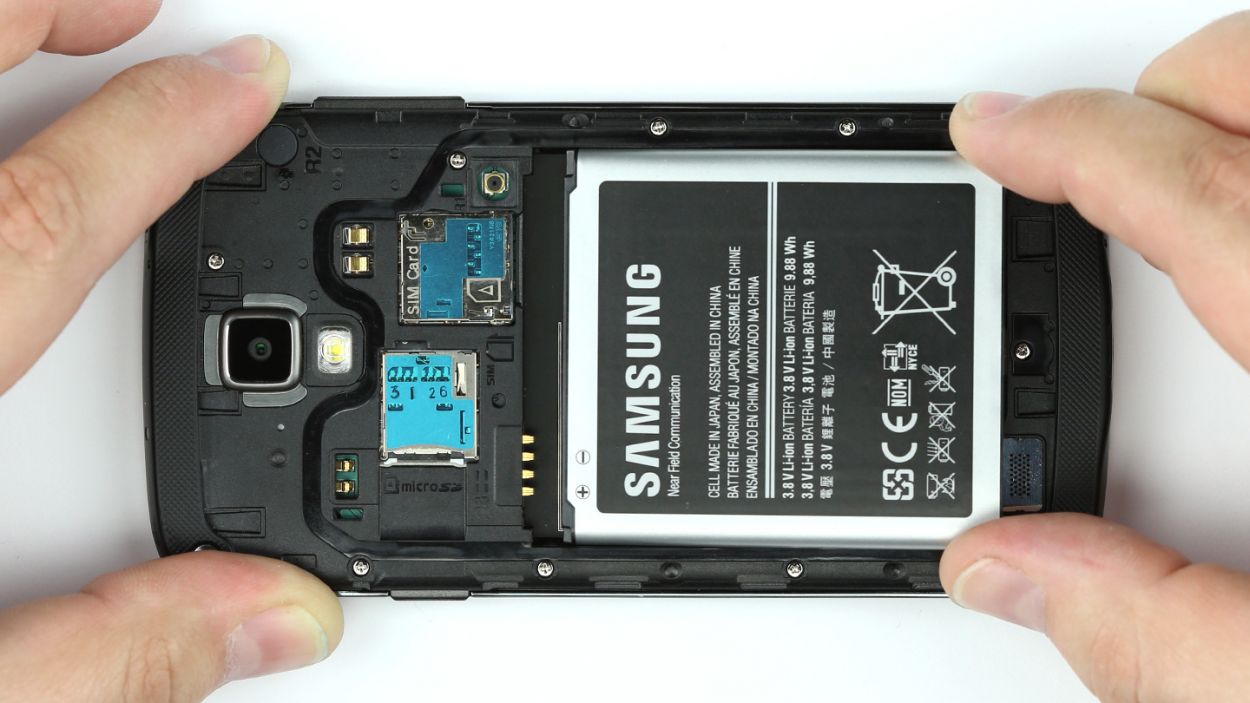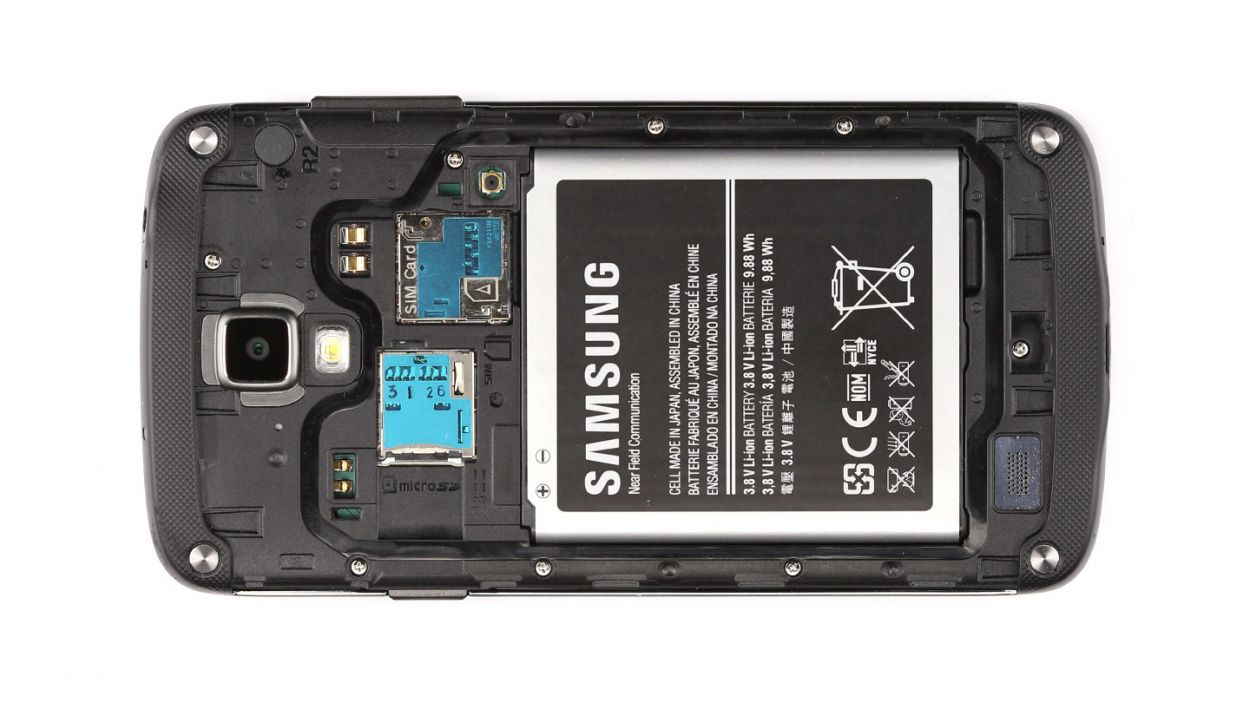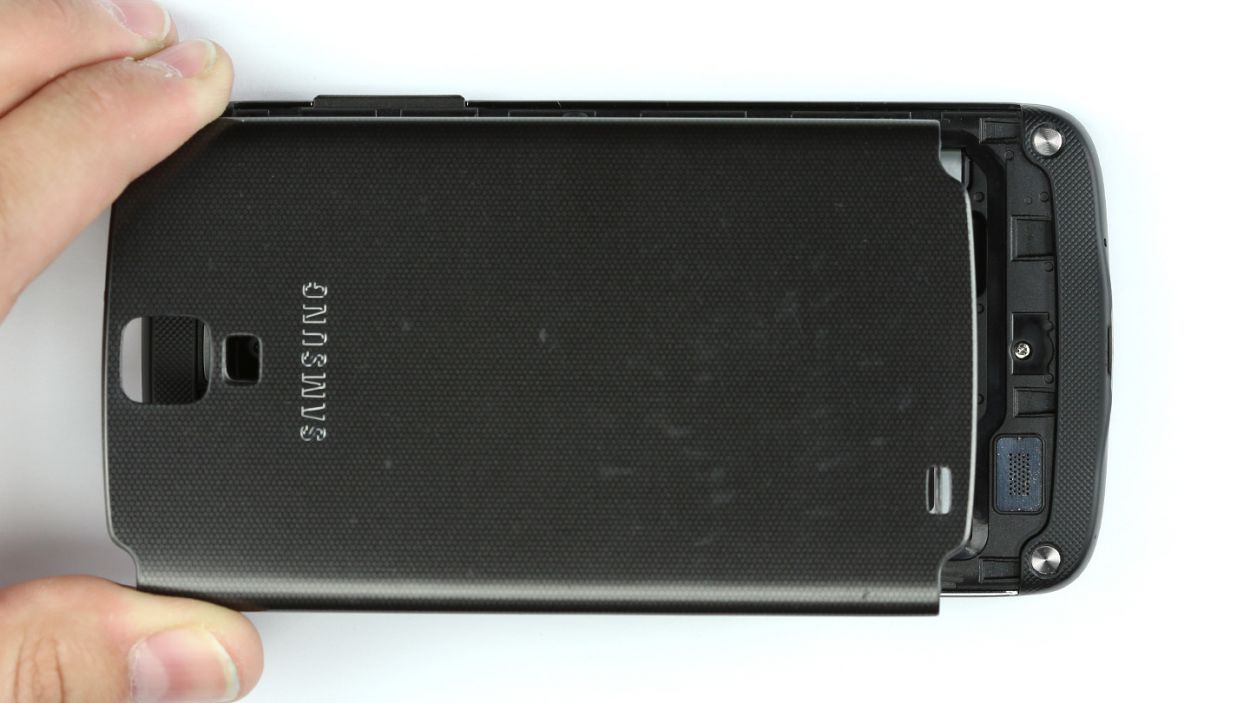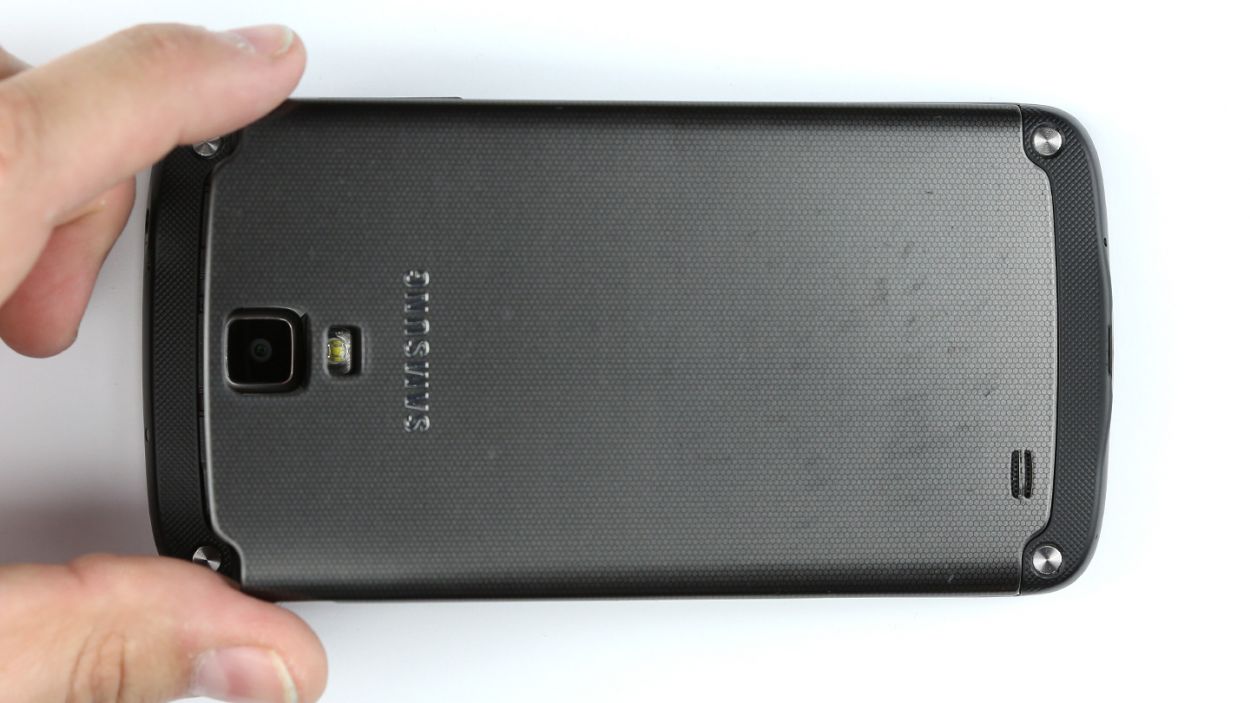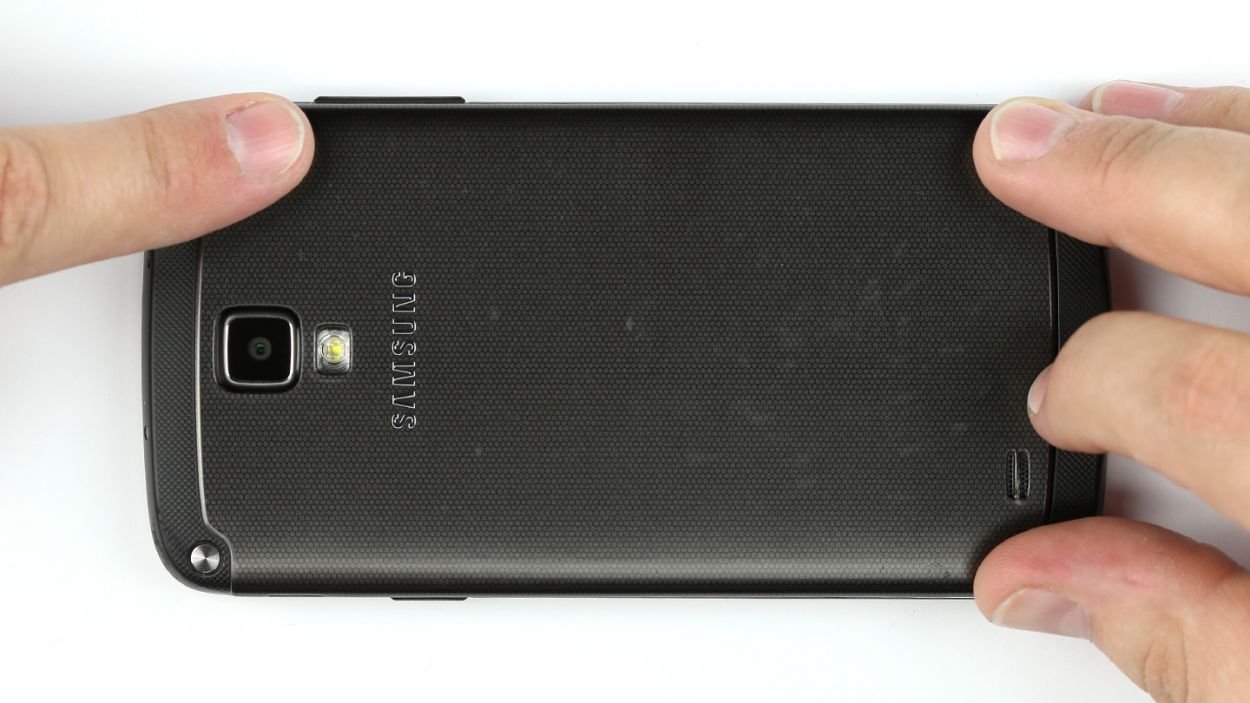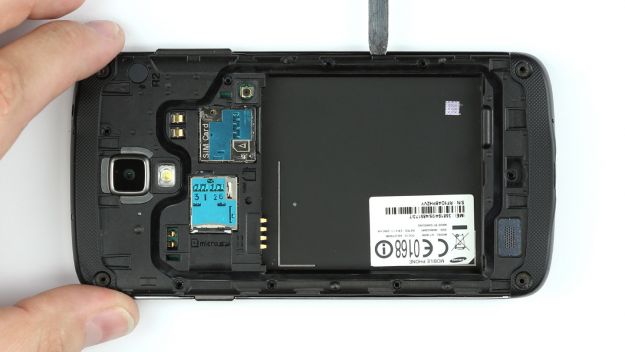DIY Guide to Replace Brightness Sensor in Galaxy S4 Active
Duration: 45 min.
Steps: 18 Steps
In this guide, we’ll walk you through the process of swapping out the faulty brightness sensor in your Galaxy S4 Active. If your screen isn’t adjusting to the light around it and is stuck either too bright or too dim, it’s time for a little DIY magic! Let’s get started and bring your display back to life. And remember, if you need help, you can always schedule a repair.
Step 1
– There are some nifty little clips holding the back cover to the chassis. Look for a small recess right above the power button. With a gentle push from your fingernail or a spudger, you can lift the cover right there.
– Now, take your time and carefully disconnect the back cover from the chassis.
– Once that’s done, go ahead and remove the back cover.
Step 3
– Pop out the SIM card and microSD card like a pro!
Step 4
– Use the steel laboratory spatula to remove the four metal shields. Use the spatula to pry the covers out of the hollows in the chassis. You can get the tip of the spatula under the covers.
Step 5
– Time to get those twelve Phillips screws out! They’re holding the chassis snugly to the display, so grab your trusty screwdriver and start unscrewing. Don’t forget to toss those screws into a container so they don’t go on a little adventure of their own. 12 x 3.9 mm Phillips screws are waiting for you!
Step 6
– Alright, let’s get that chassis off! It’s not just hanging out there with screws; it’s also got some sneaky little hooks holding it to the display. Grab your trusty steel spatula and let’s break that bond.
– Start by sliding the spatula between the display and the chassis. A great spot to begin is right at the power button—easy peasy!
– Now, gently work that spatula all the way around the device. Keep it steady and patient!
– Once you’ve successfully detached the chassis, go ahead and lift it away from the display. You’re doing great!
Step 7
– Unplug the sub-board’s plug contact with care.
– Gently detach the antenna cable.
– Disconnect the display connection like a pro.
– Unplug the brightness sensor with a steady hand.
– Carefully disconnect the proximity sensor.
– Unlink the front camera connection smoothly.
Step 8
– The logic board is snugly connected to the rear camera and the vibration motor. Gently nudge the logic board towards the USB port to set it free.
– Carefully raise the logic board like you’re lifting a delicate treasure.
– Now, take the logic board out of its cozy home in the enclosure.
Step 9
– There’s a little plate that keeps the brightness sensor cozy inside the enclosure. It’s snugly hooked onto the enclosure, so grab your trusty steel laboratory spatula and gently pry it off.
– Once you’ve got that plate free, go ahead and take it out of the enclosure.
– Now, it’s time to say goodbye to the brightness sensor. Remove it with care!
Step 10
– Pop the new brightness sensor into its home in the enclosure. Easy does it!
– Start by securing the plate next to the earpiece—just press it in and swing it down until it audibly snaps into place on the flip side. Voila!
Step 11
– Position the logic board in the enclosure.
– Make sure no plug connections get stuck under the logic board.
– The logic board is hooked onto the attachments for the rear camera and the vibration motor. Carefully push the logic board toward the top of the enclosure to click it into place.
Step 12
– Snap the front camera onto that logic board like they’re old friends.
– Marry the logic board to the proximity sensor. No objections? Good!
– Brighten your day by connecting the brightness sensor.
– It’s display time! Click it in place and see the magic happen.
– Keep the conversation clear by linking up the logic board with the antenna cable.
– Finally, hitch the sub-board to the mix and set it up for success!
Step 13
– The chassis and the display aren’t just besties because of screws; they’ve also got little hooks that keep them snug together. Give the chassis a friendly press with your fingers to make sure it’s feeling secure on the display.
– Now, give the chassis a hearty press along the whole device to make sure it’s all cozy and in place.
Step 14
– Secure the chassis by fastening it with twelve Phillips screws. Use 12 x 3.9 mm Phillips screws for this step.
Step 15
– Grab those tweezers and gently place the four metal shields back where they belong.
– Now, give each cover a nice firm press to make sure they’re snug as a bug!
Step 16
– Pop in that SIM card and slide in the microSD card like a pro!
Step 17
– Pop that battery into your Galaxy S4 Active like a champ!
Step 18
– Let’s get that back cover snug on the chassis, shall we?
– Start by hooking the back cover onto the bottom of the chassis.
– Now, gently press down all around the back cover so the retaining clips can snap into place. You’re doing great!
